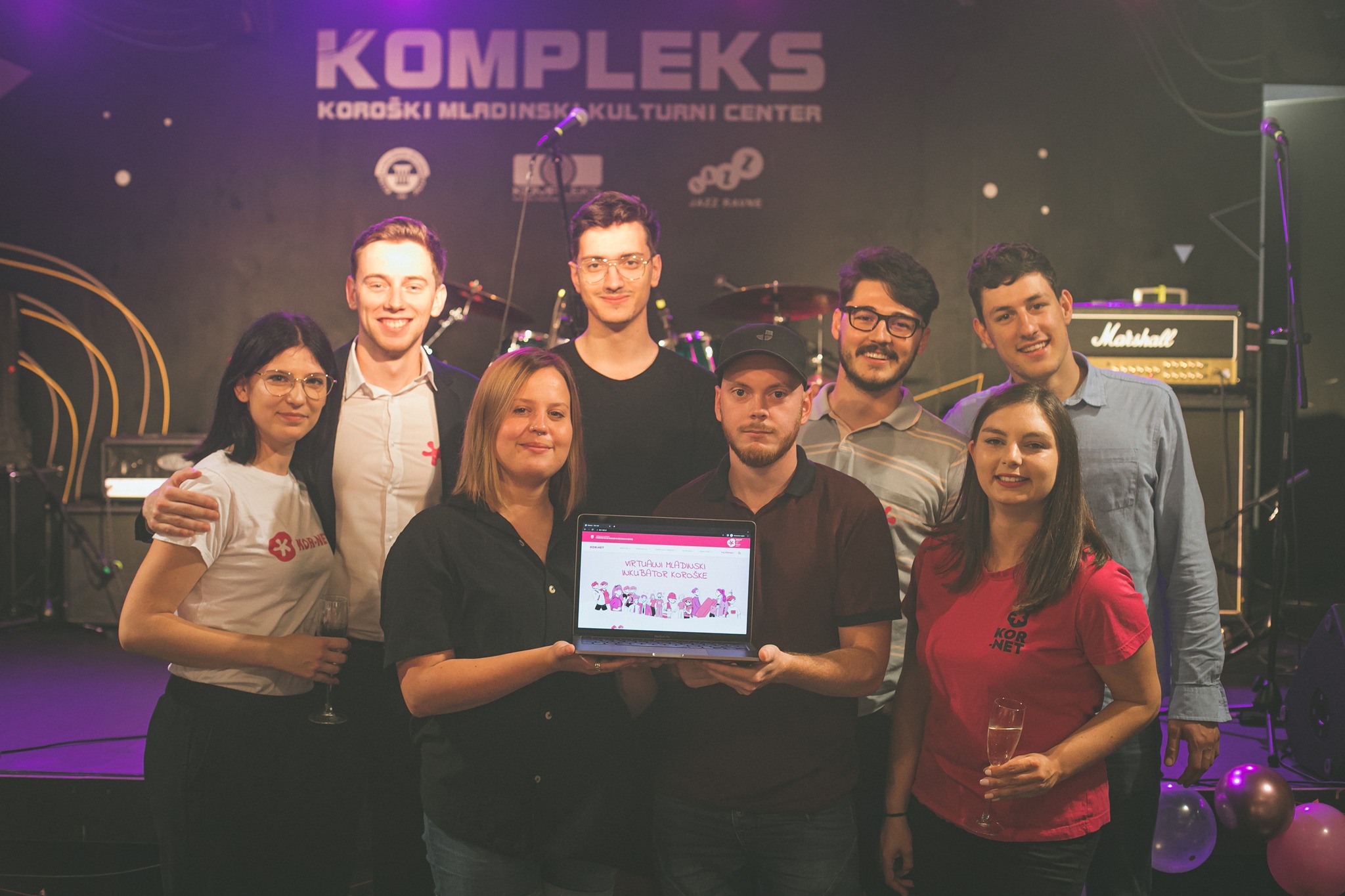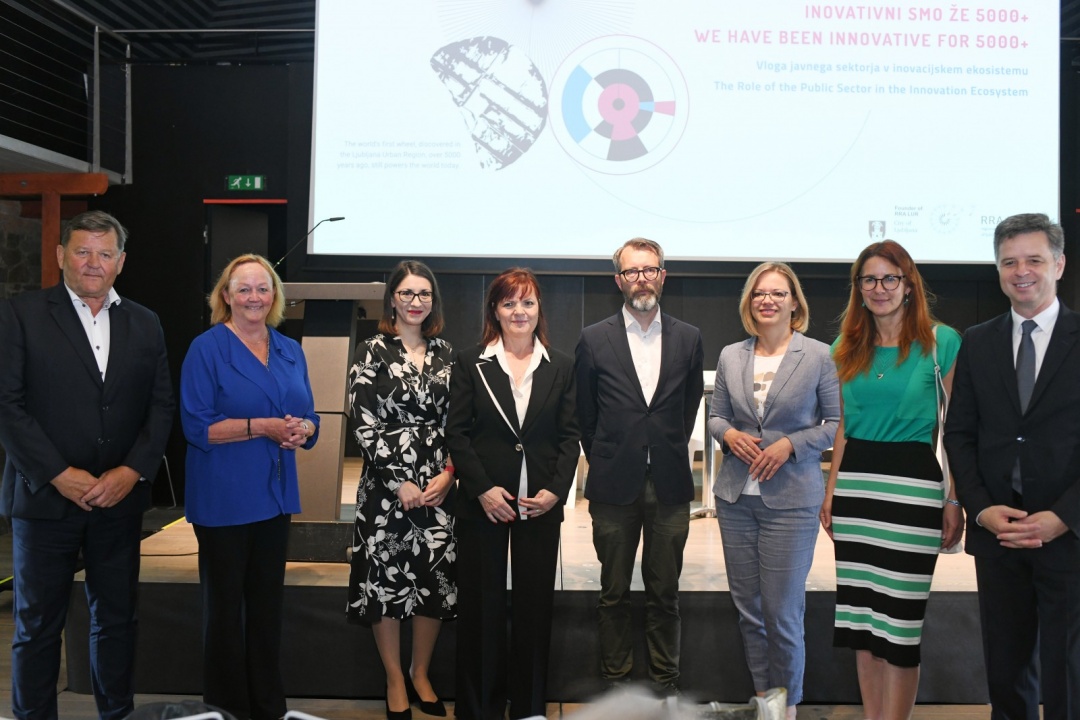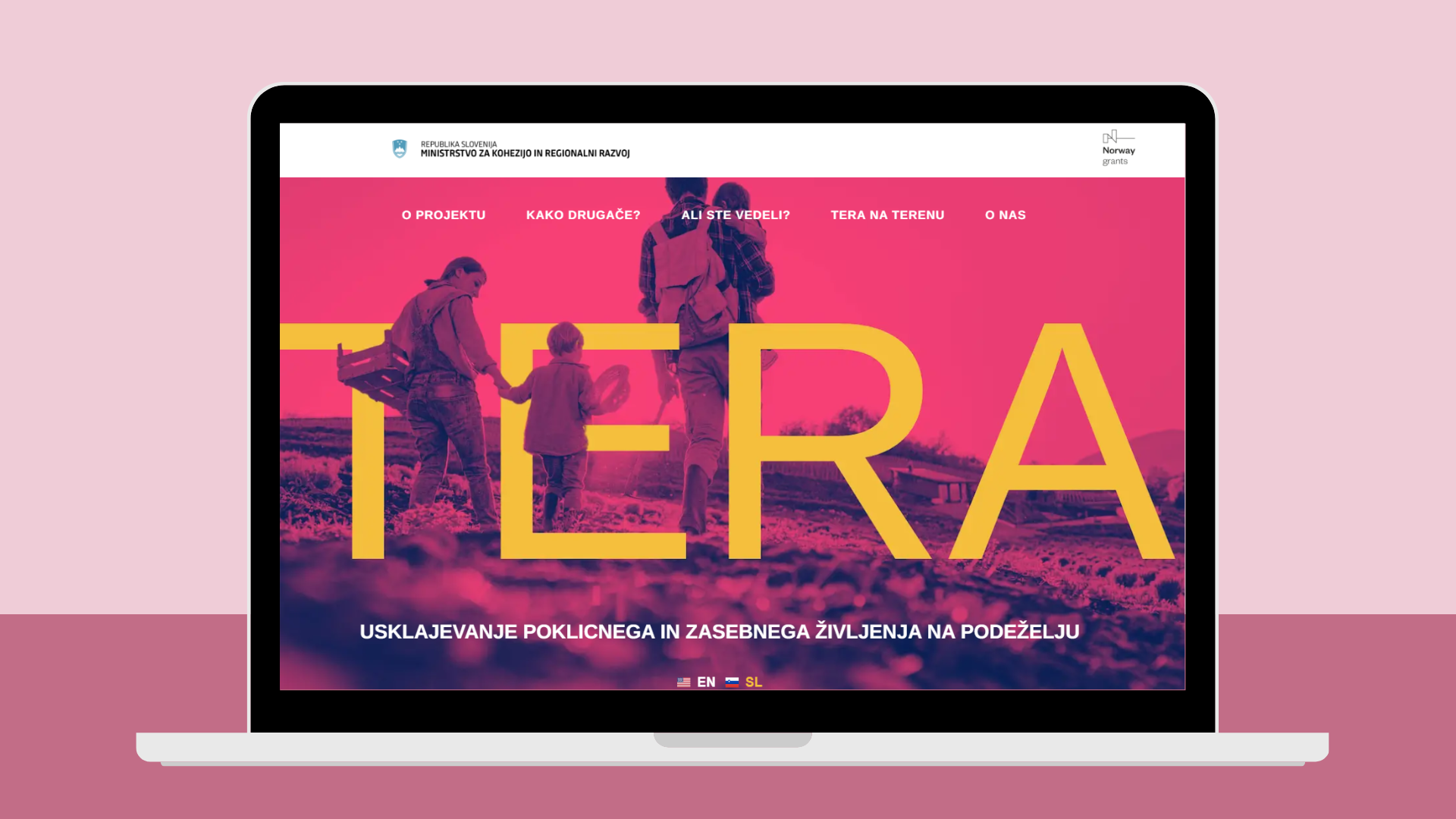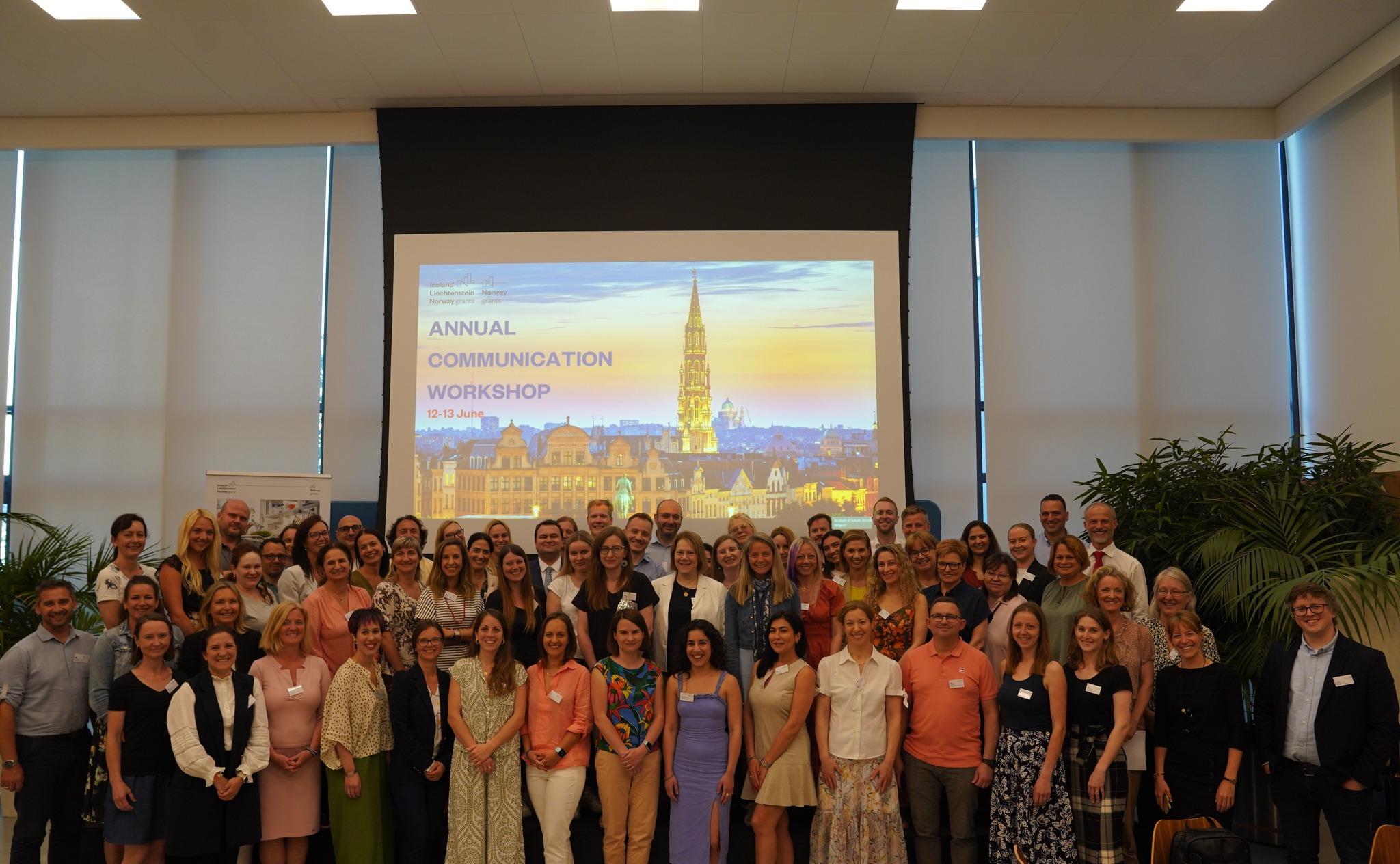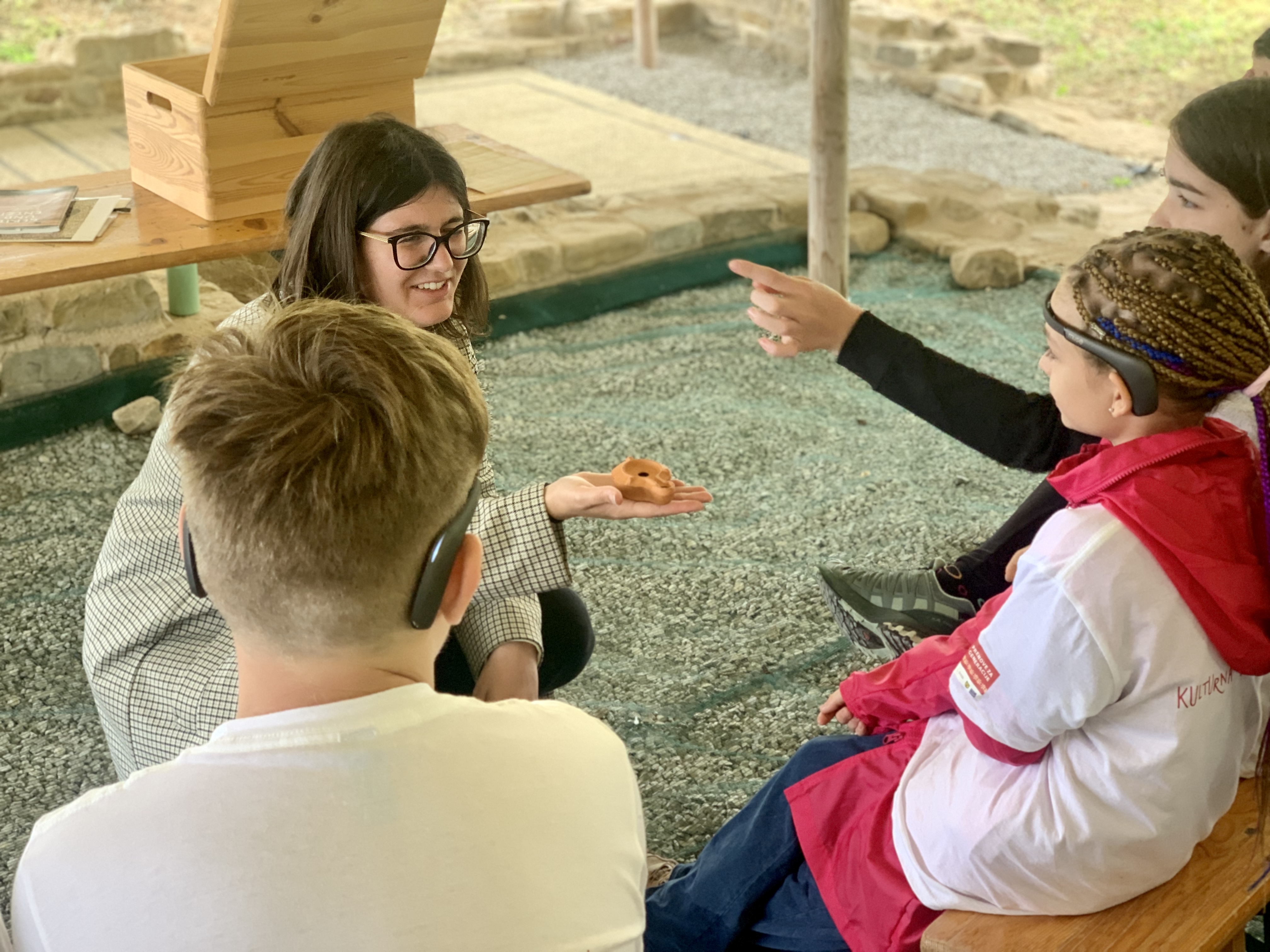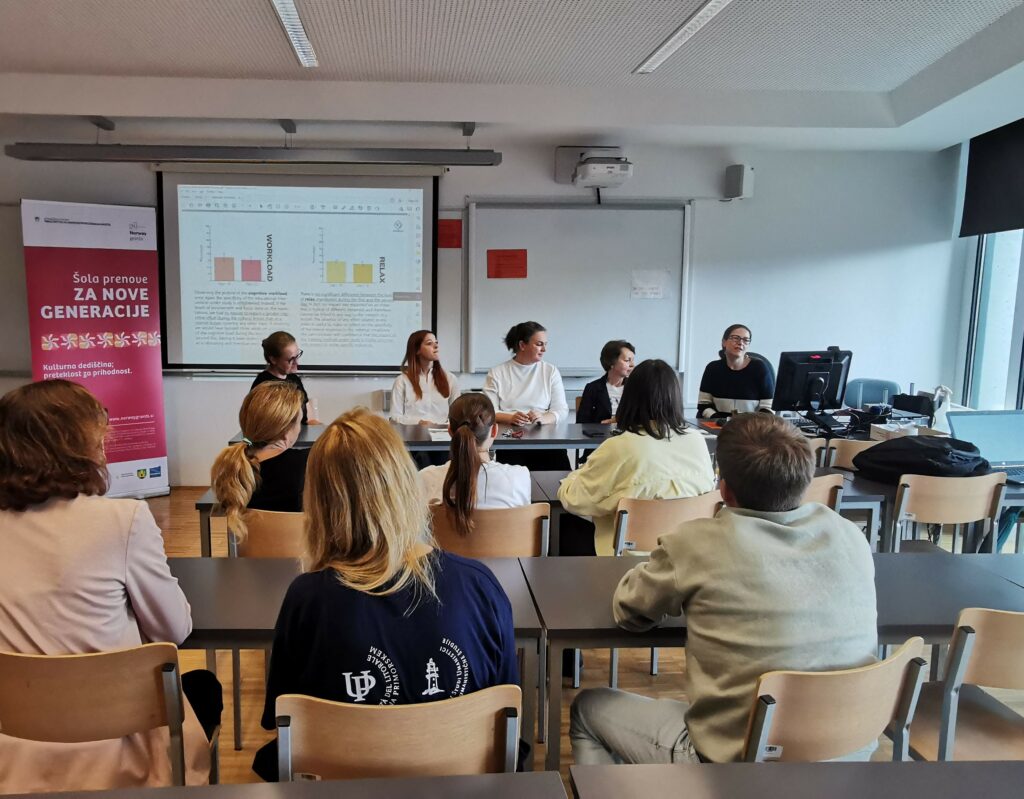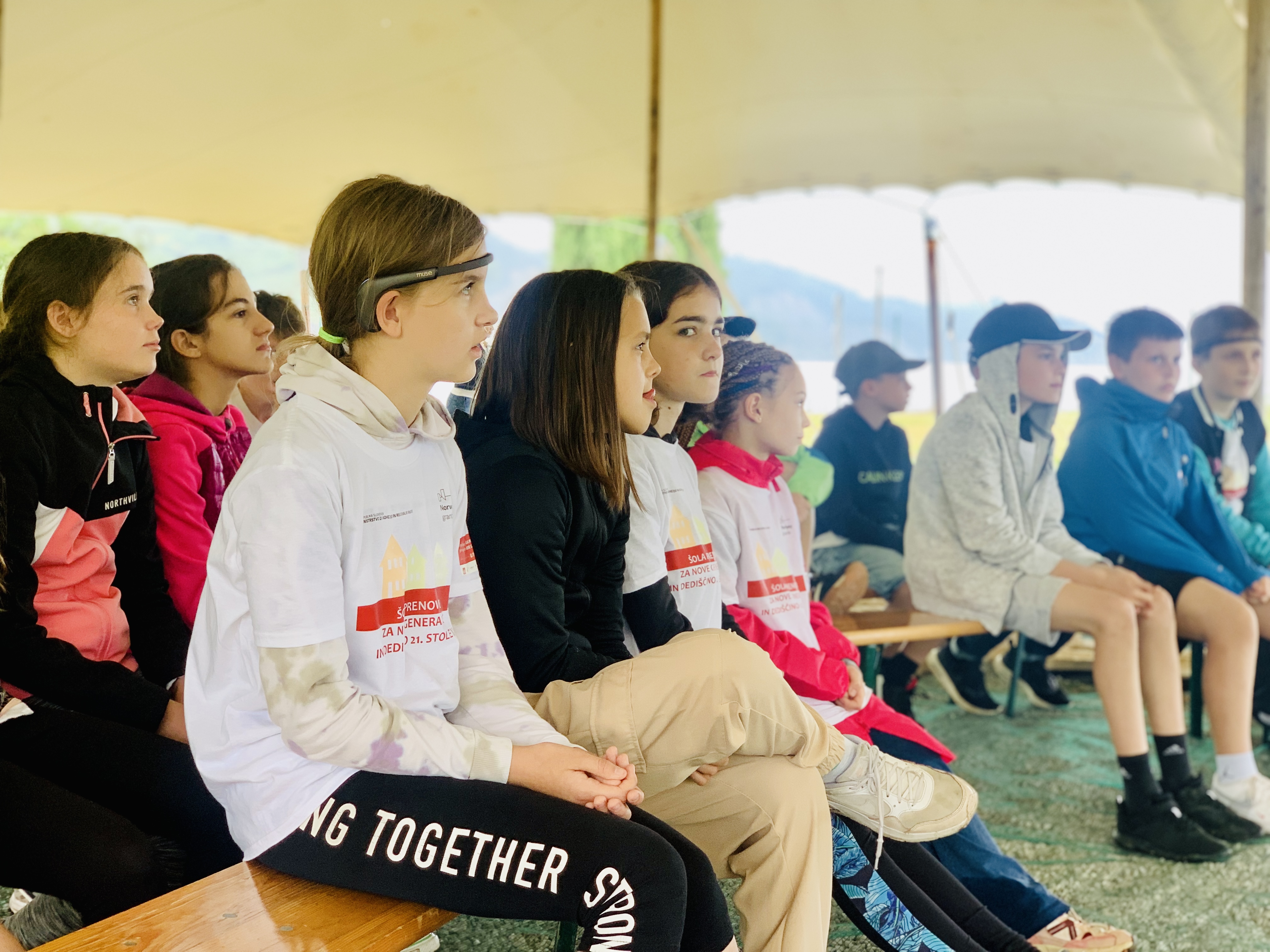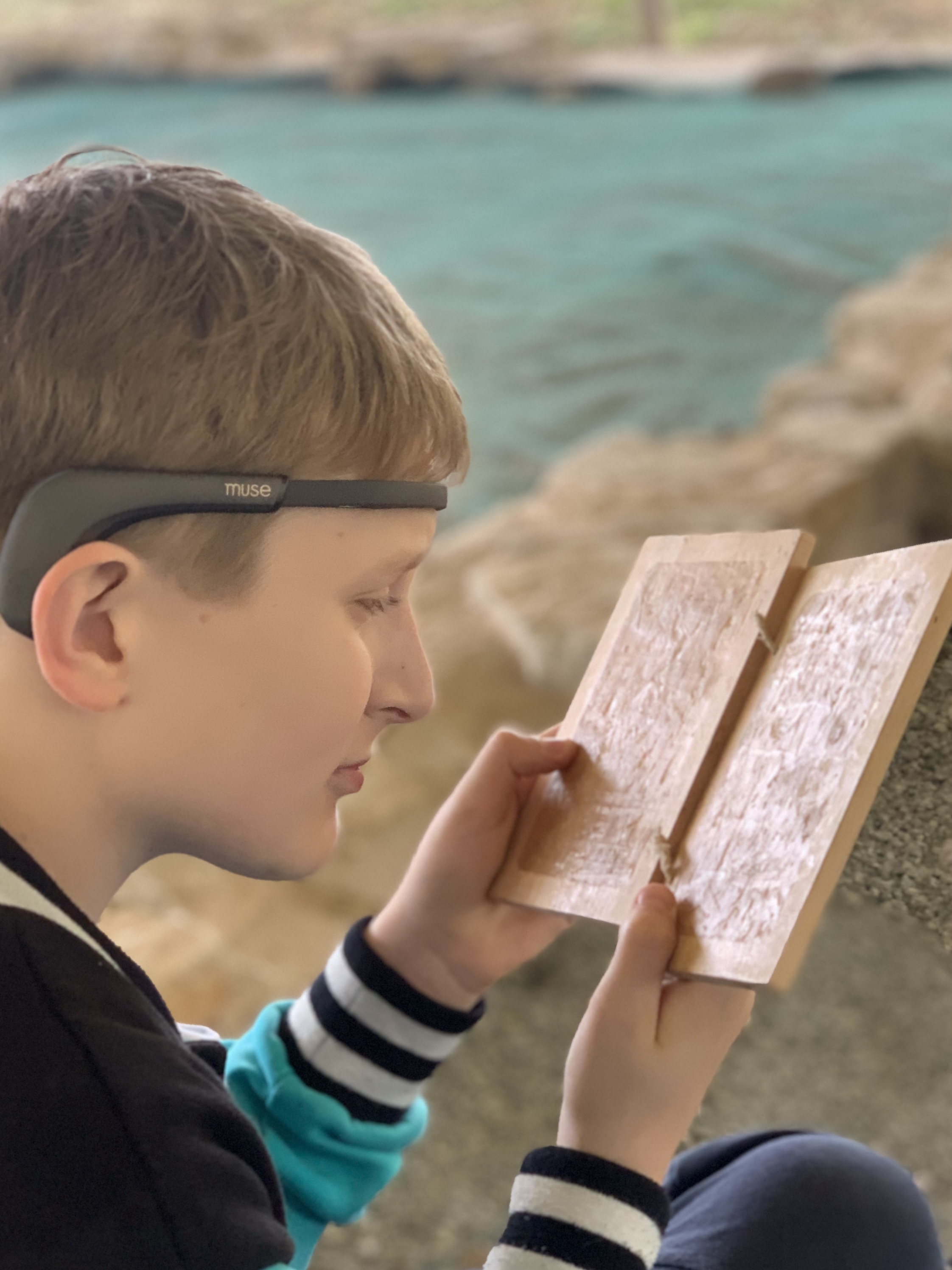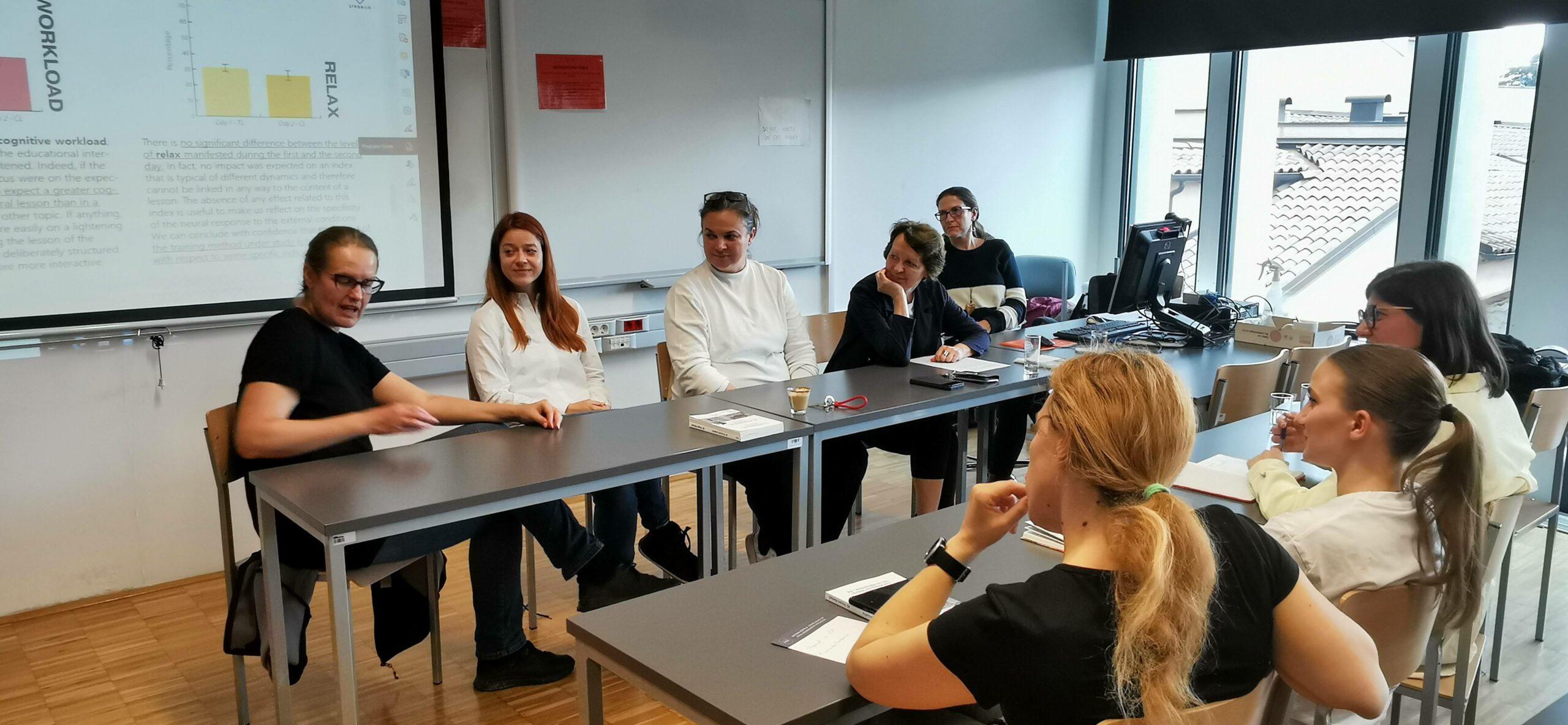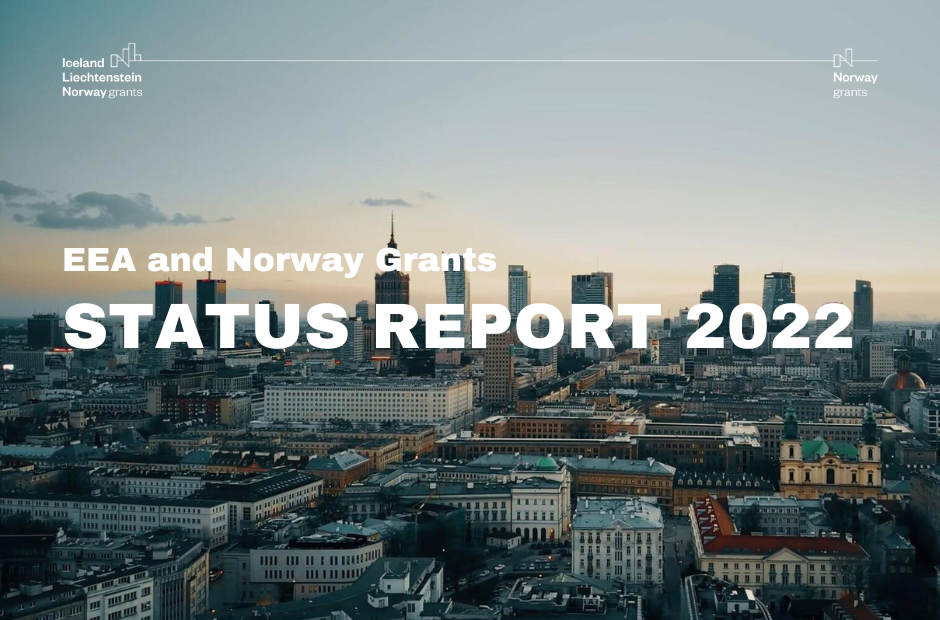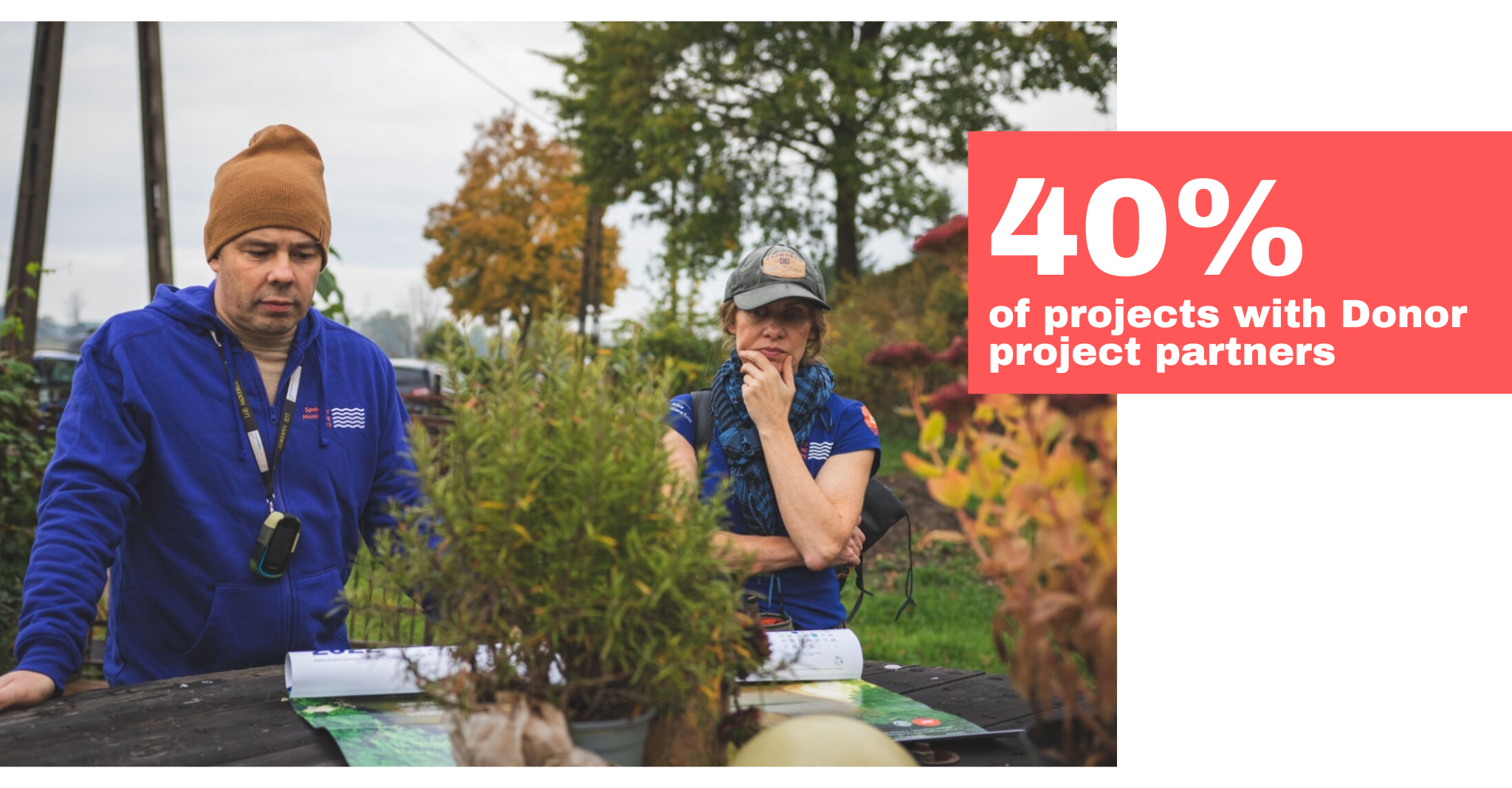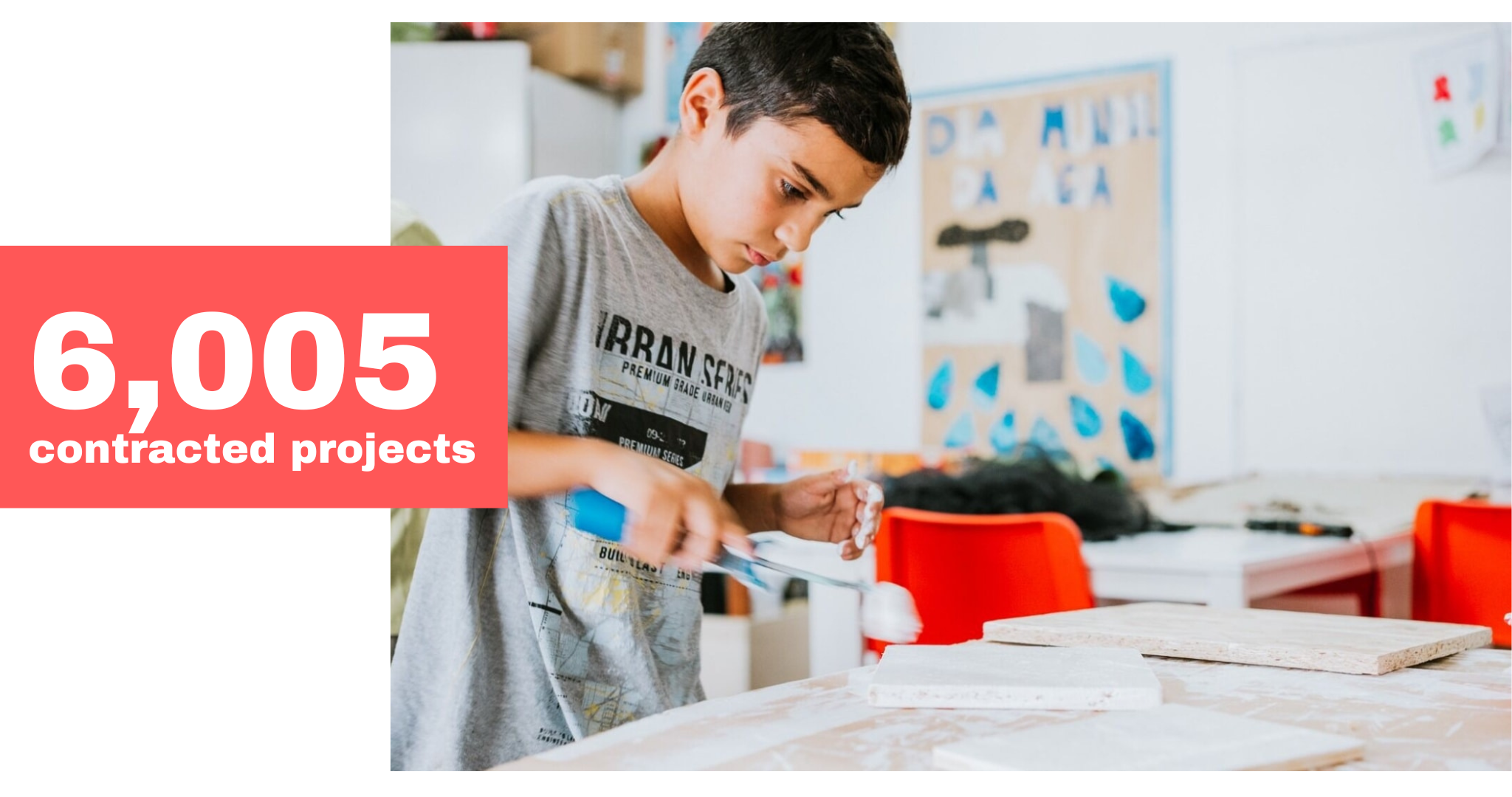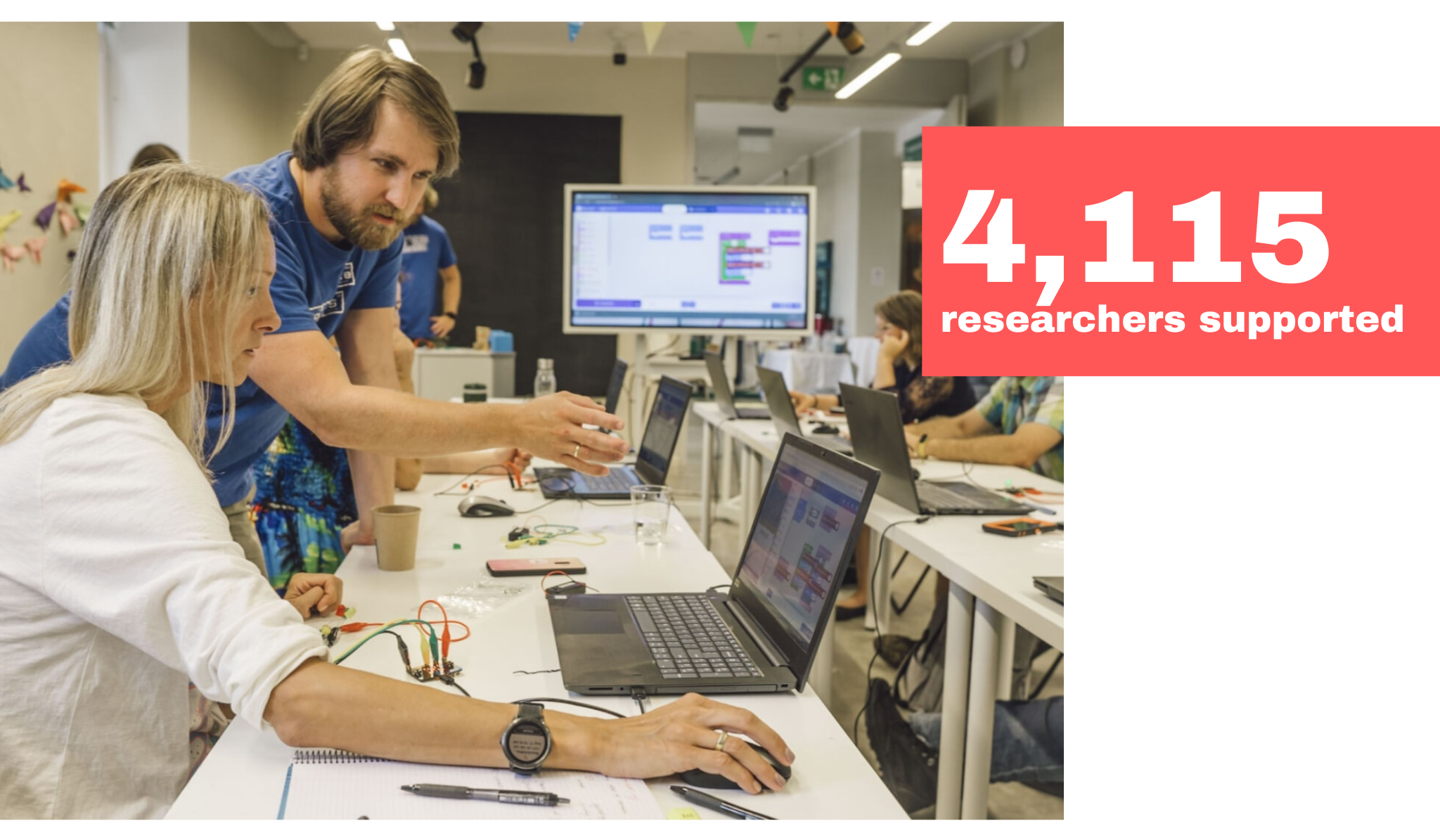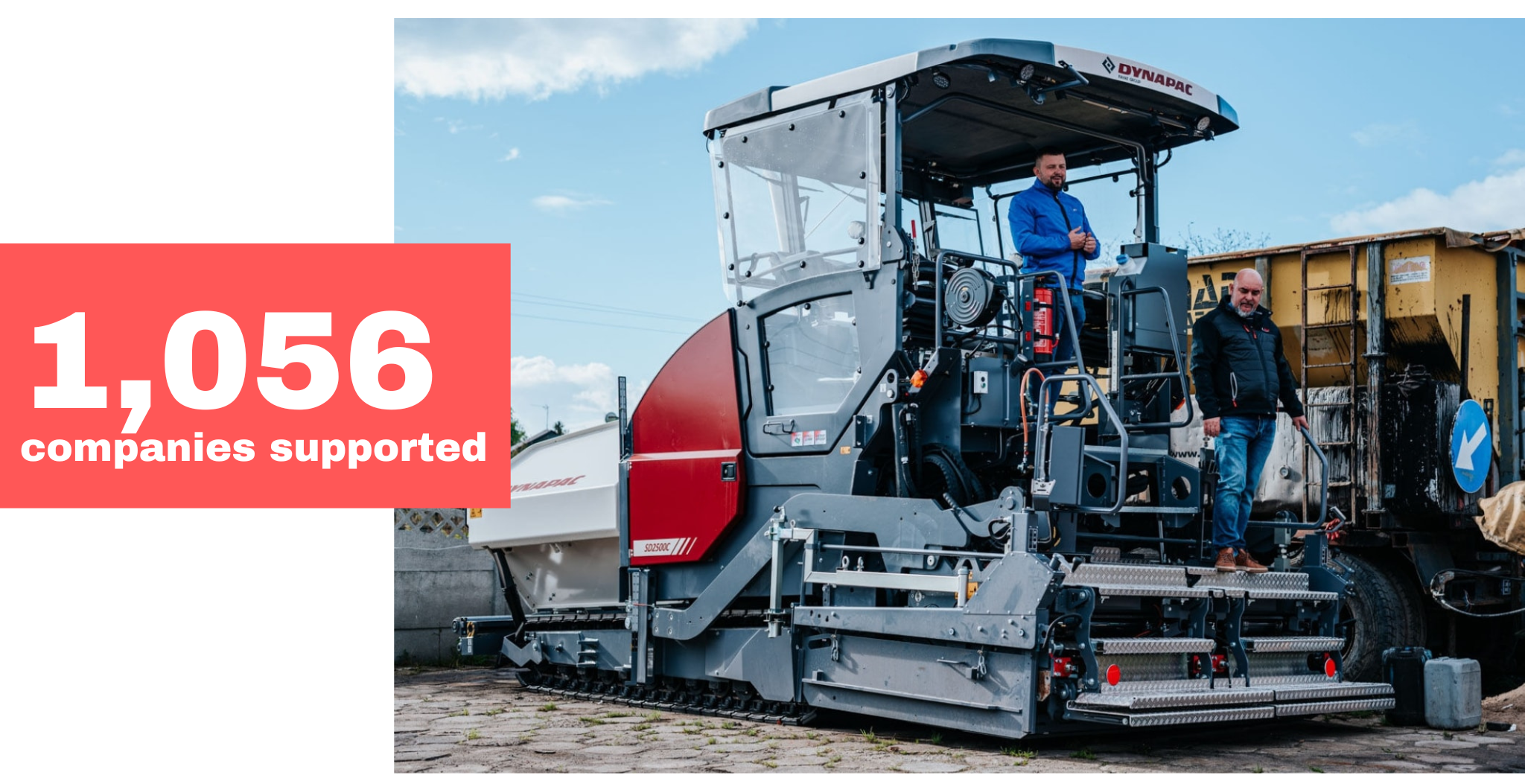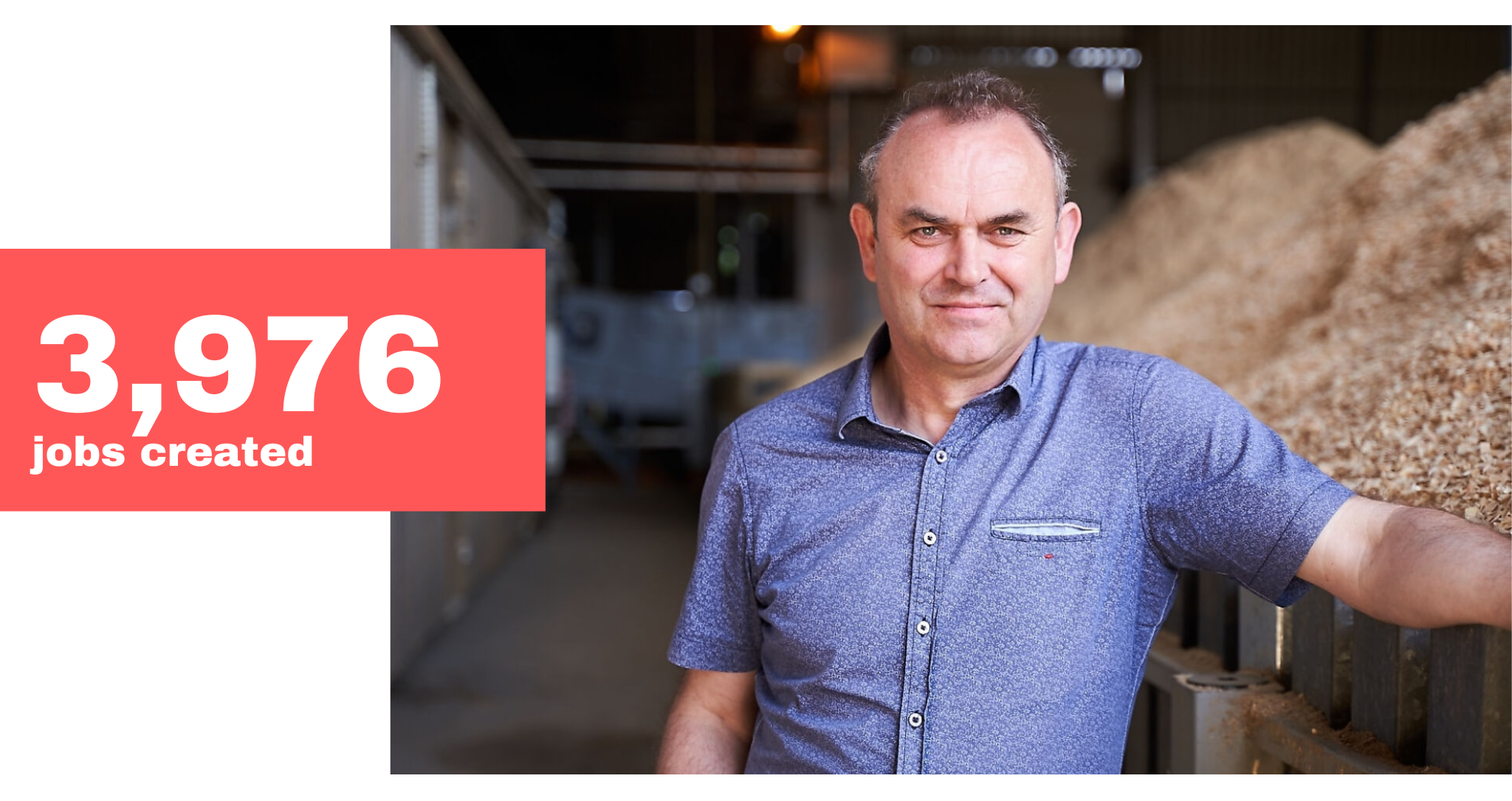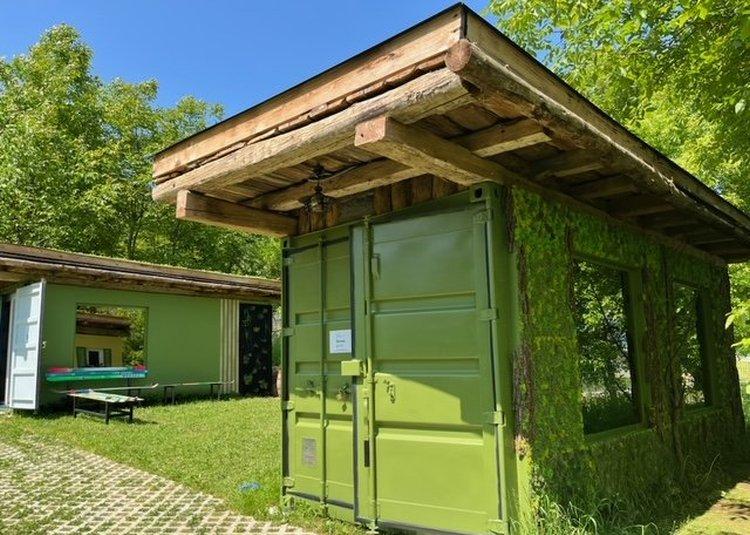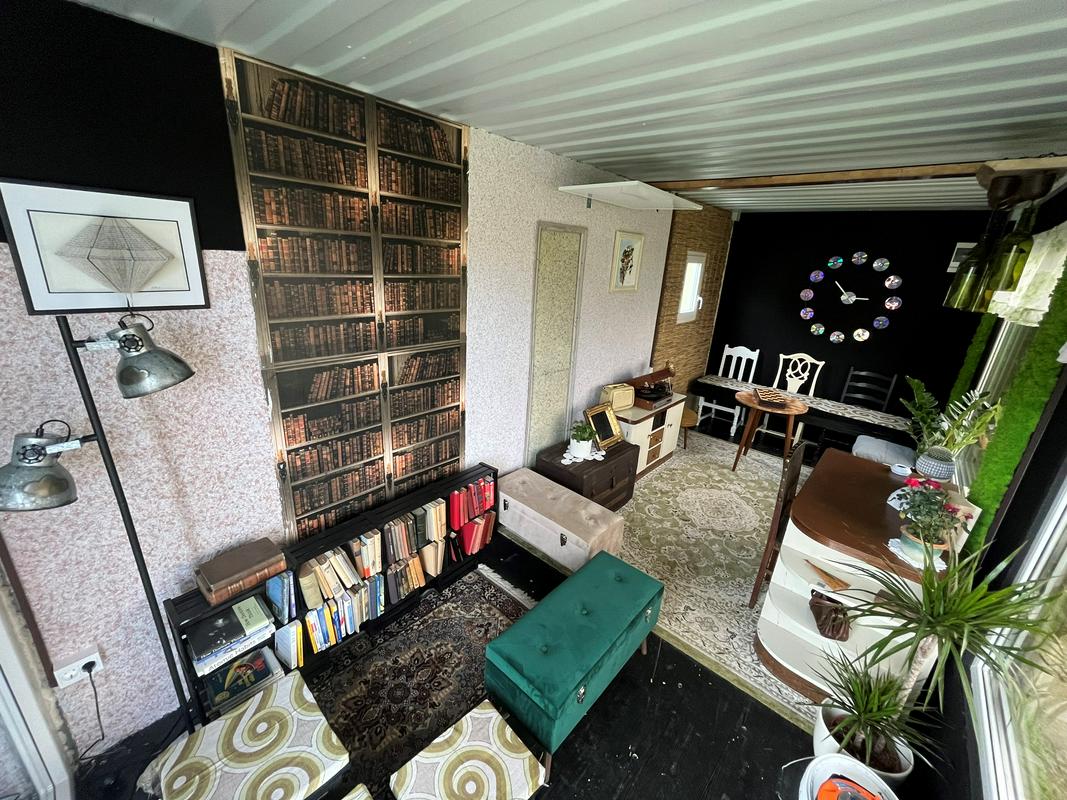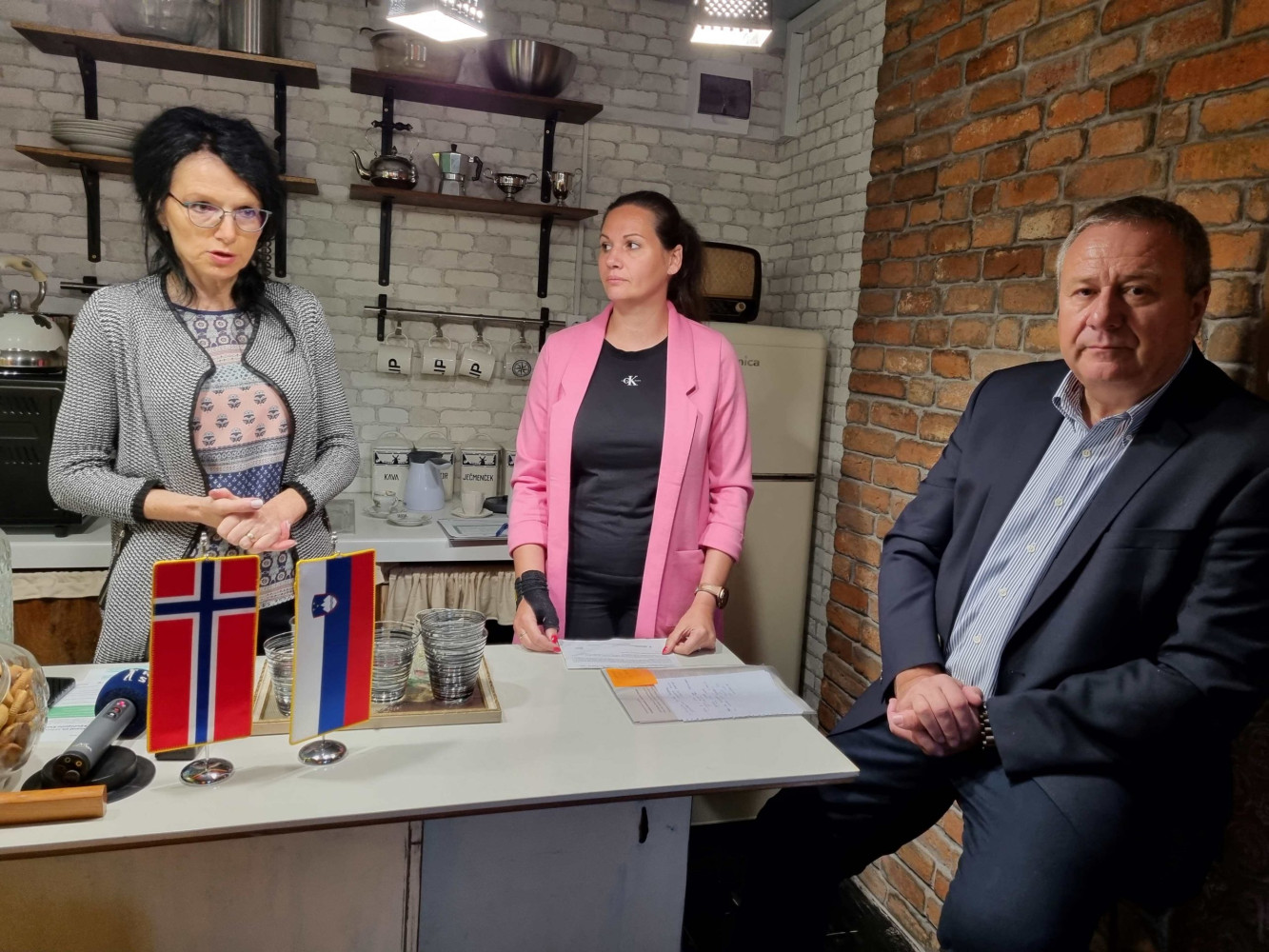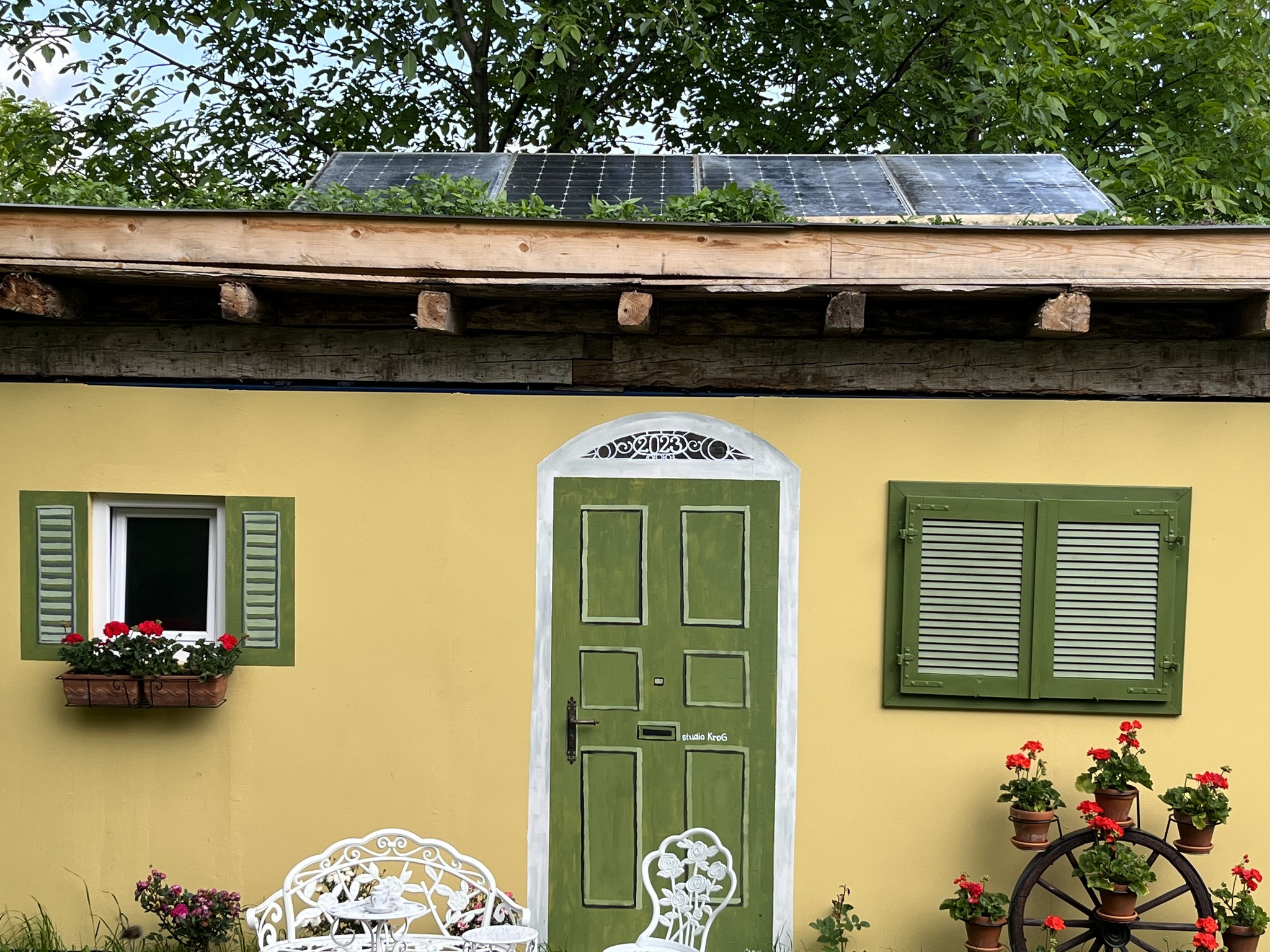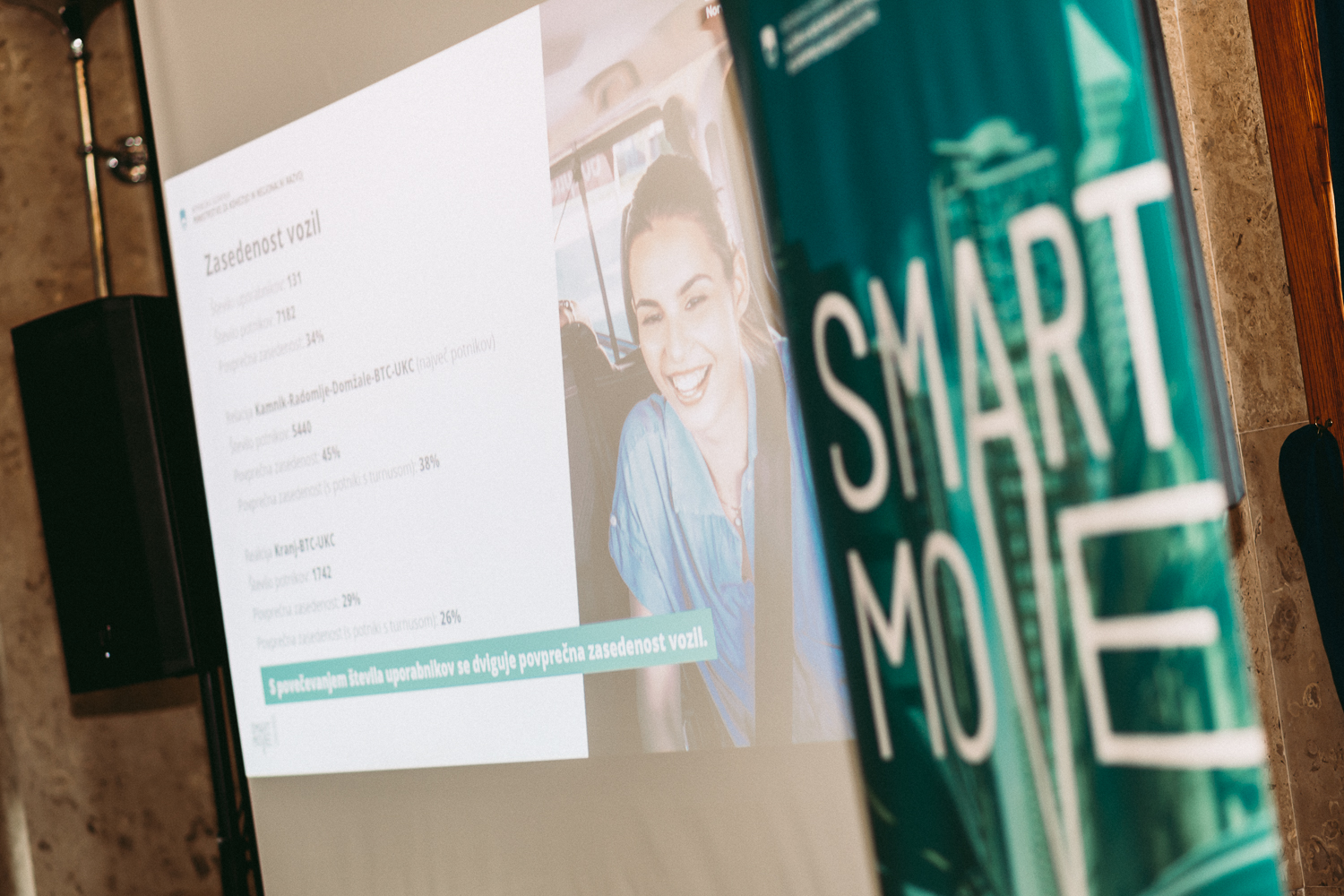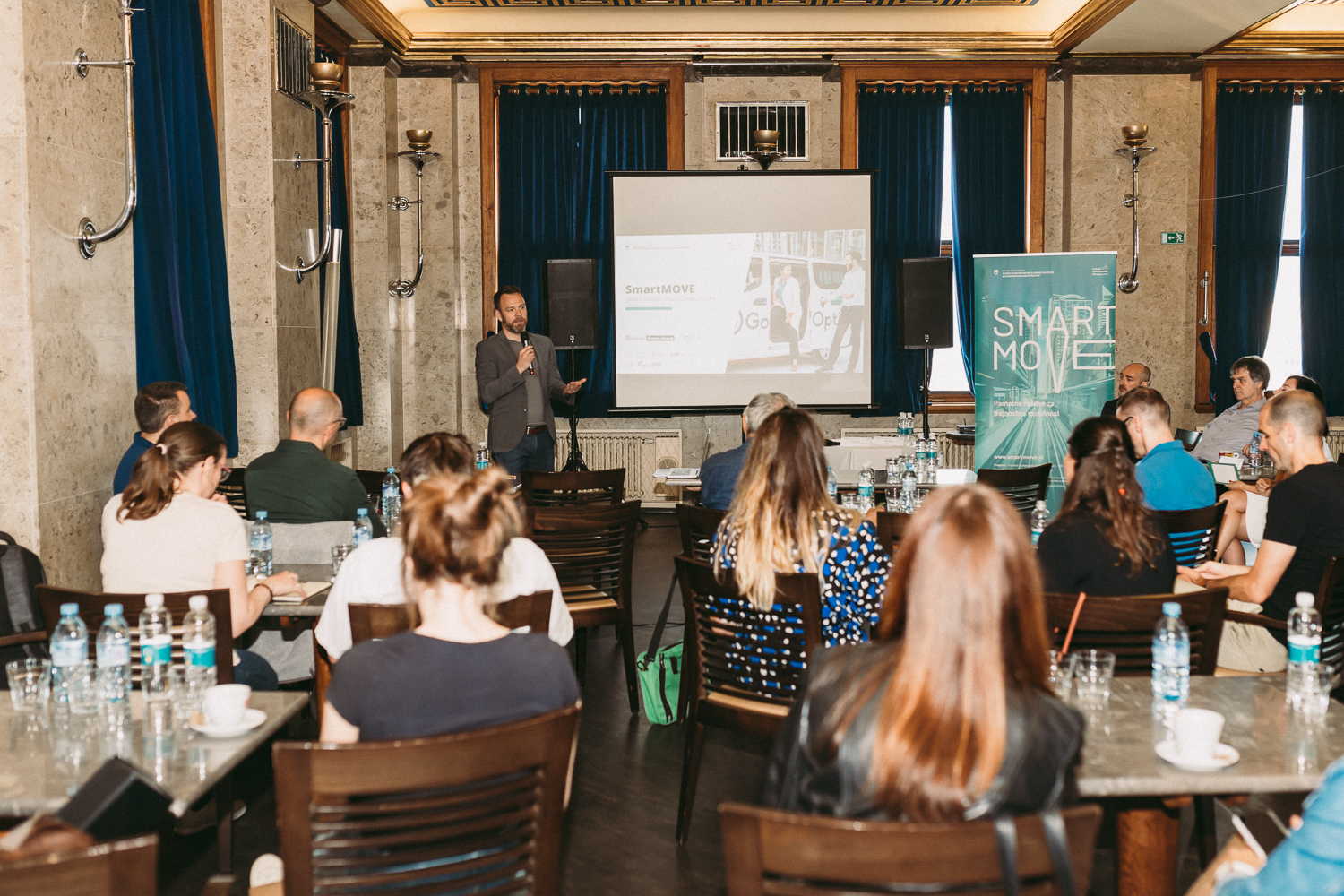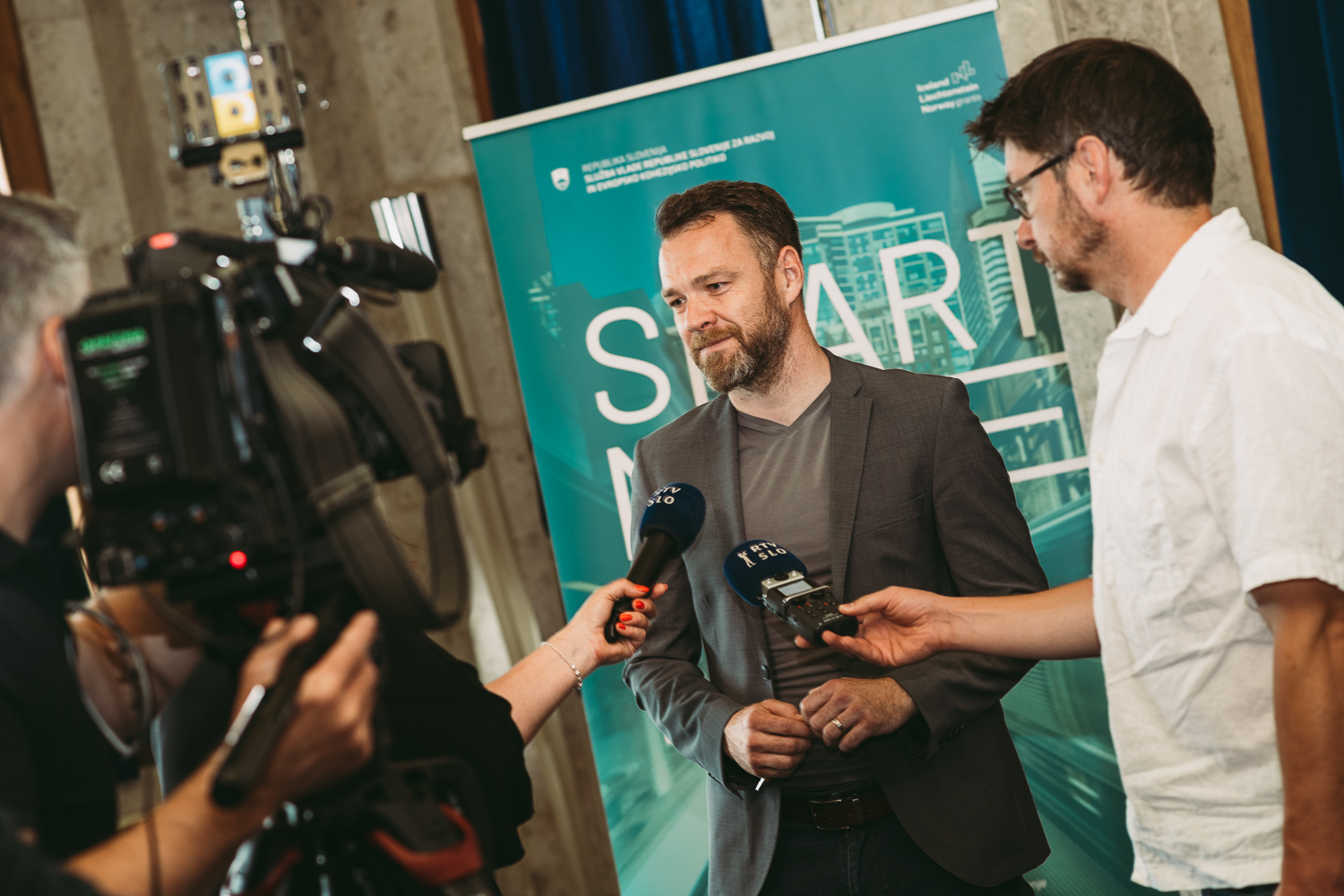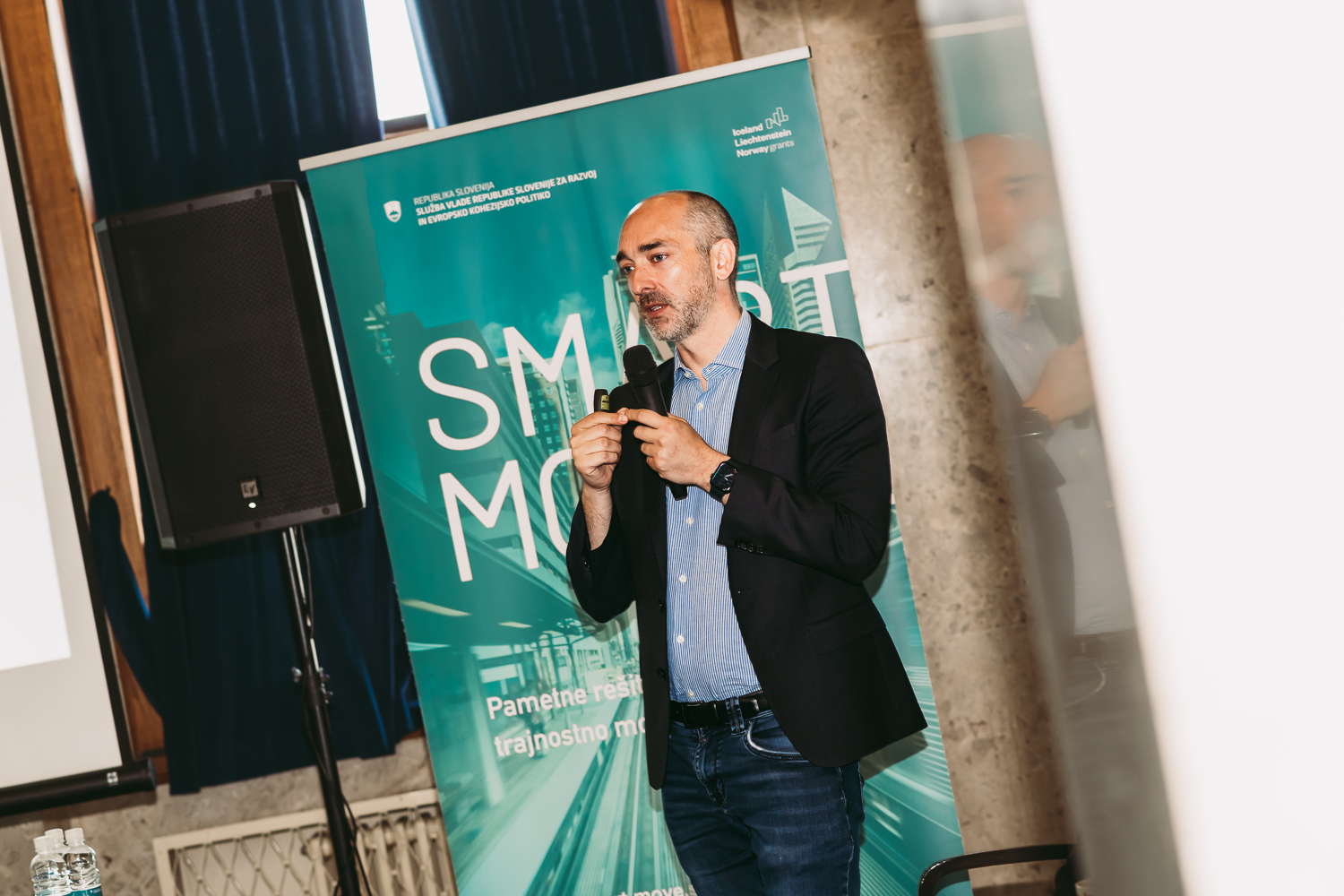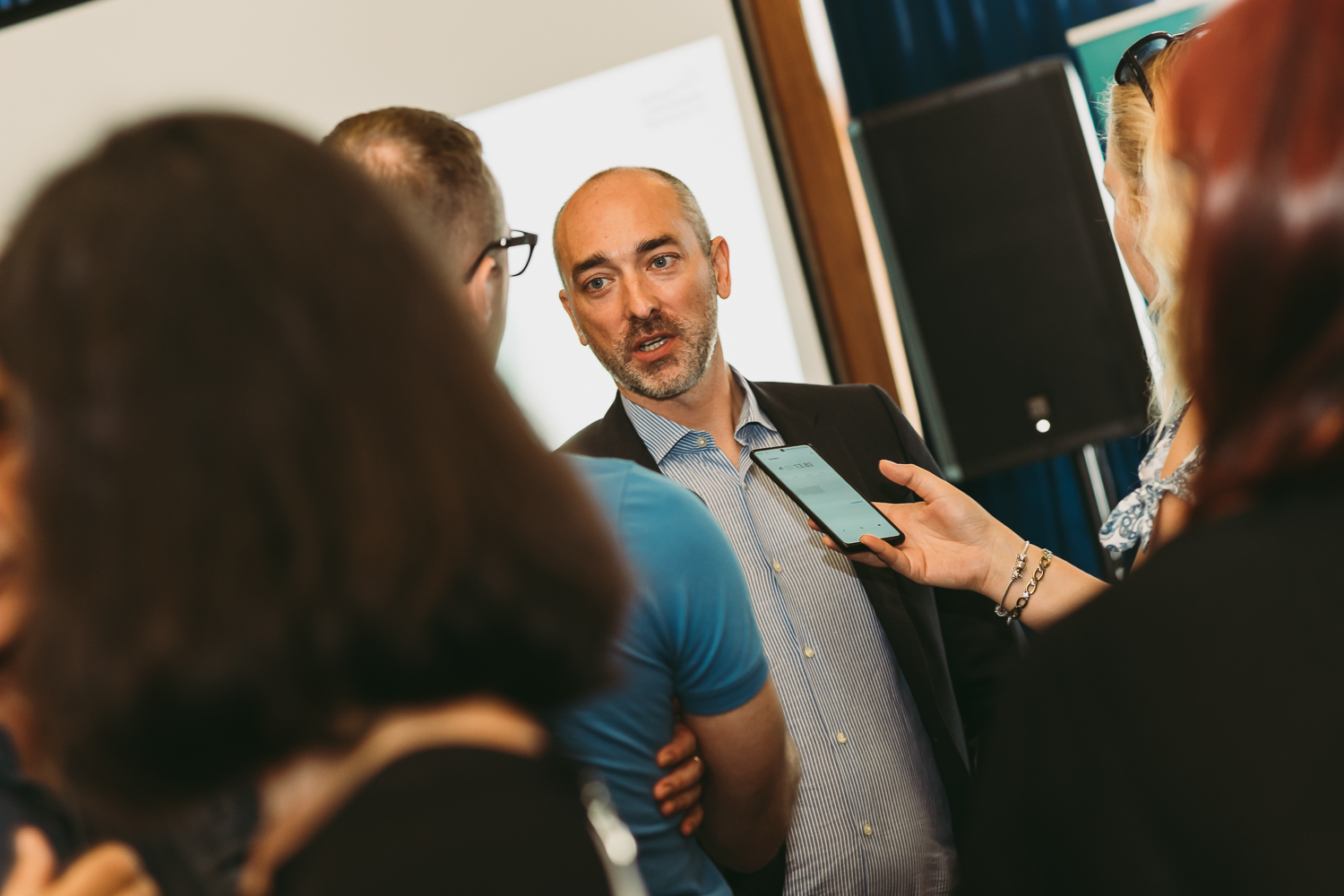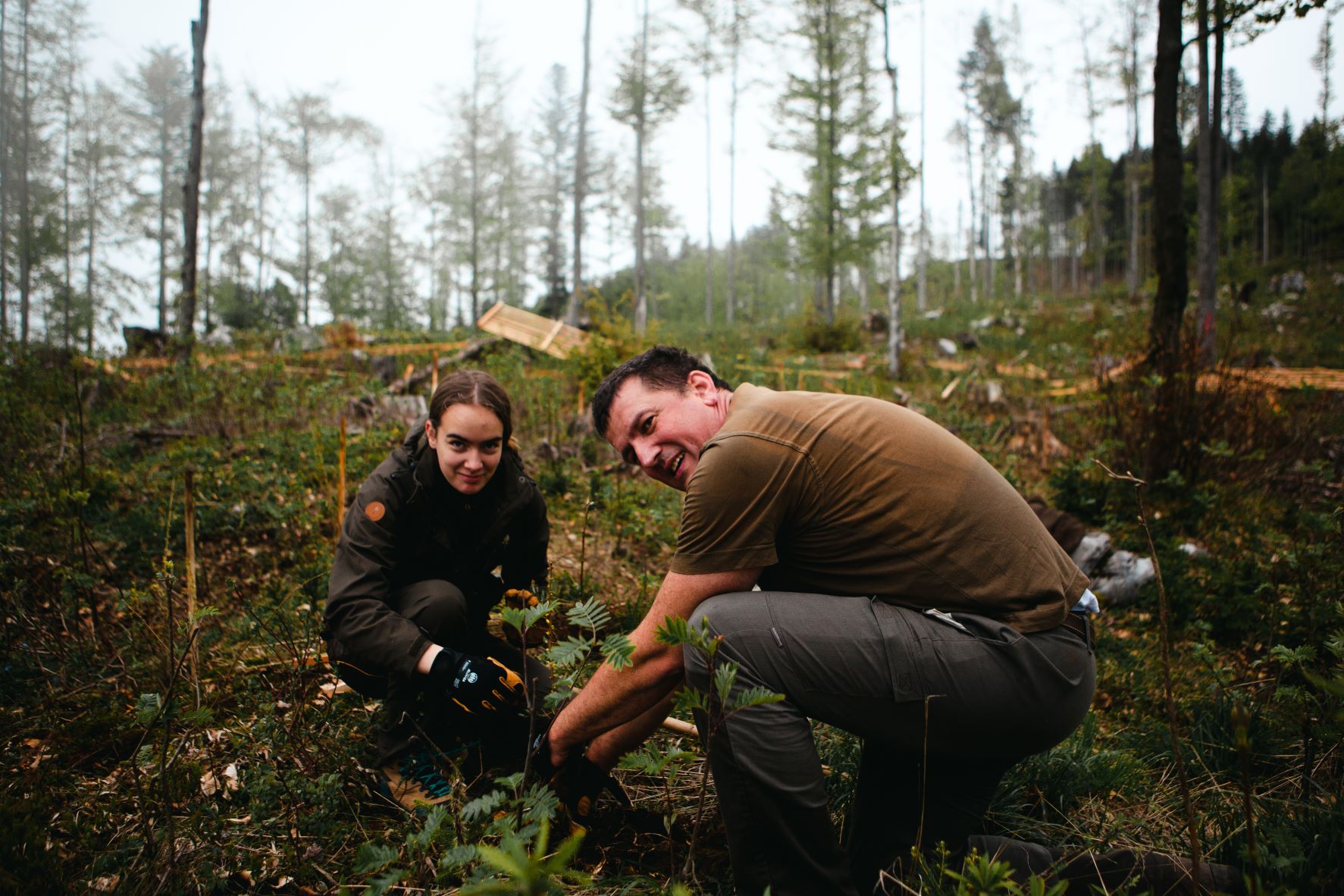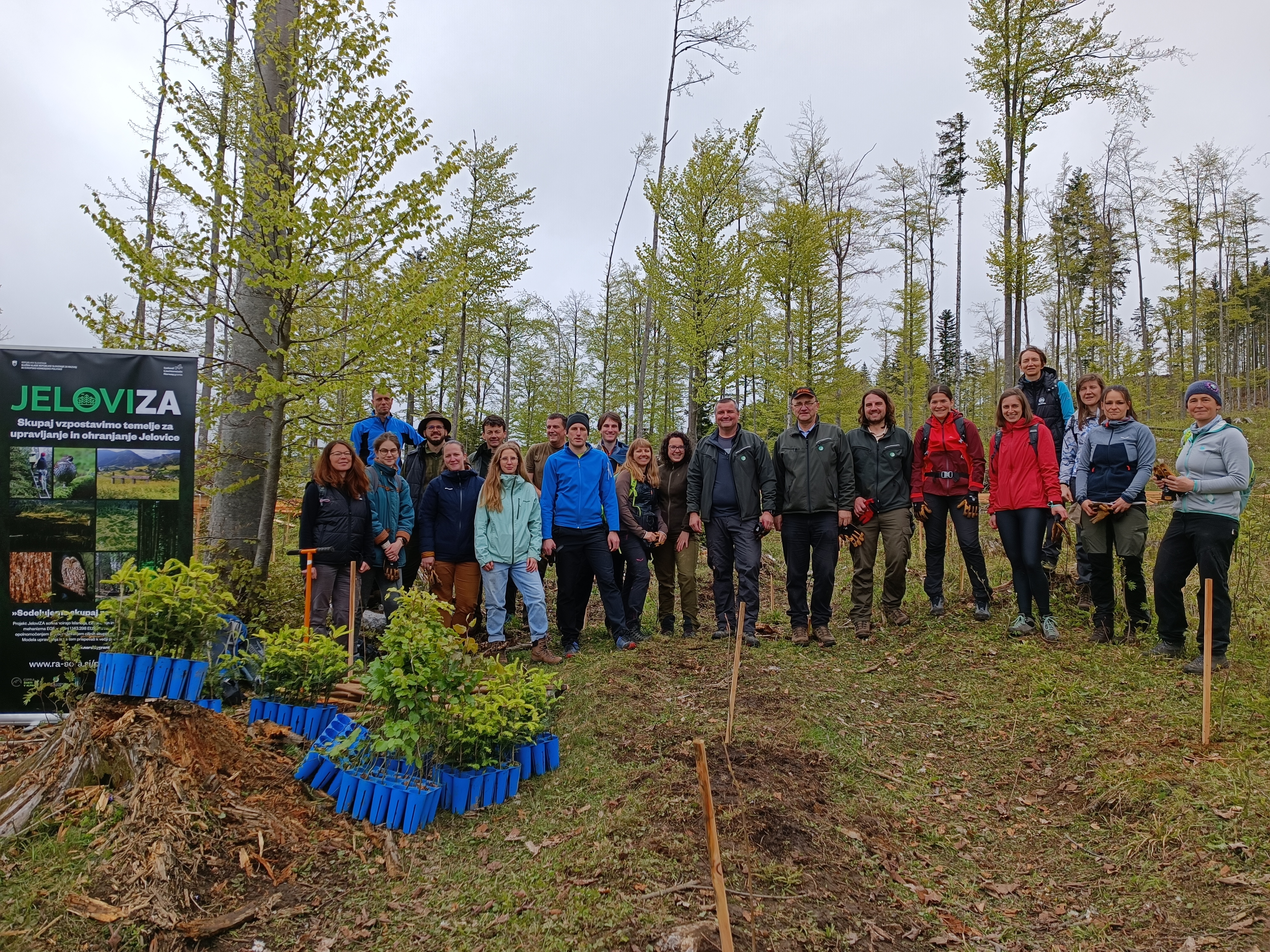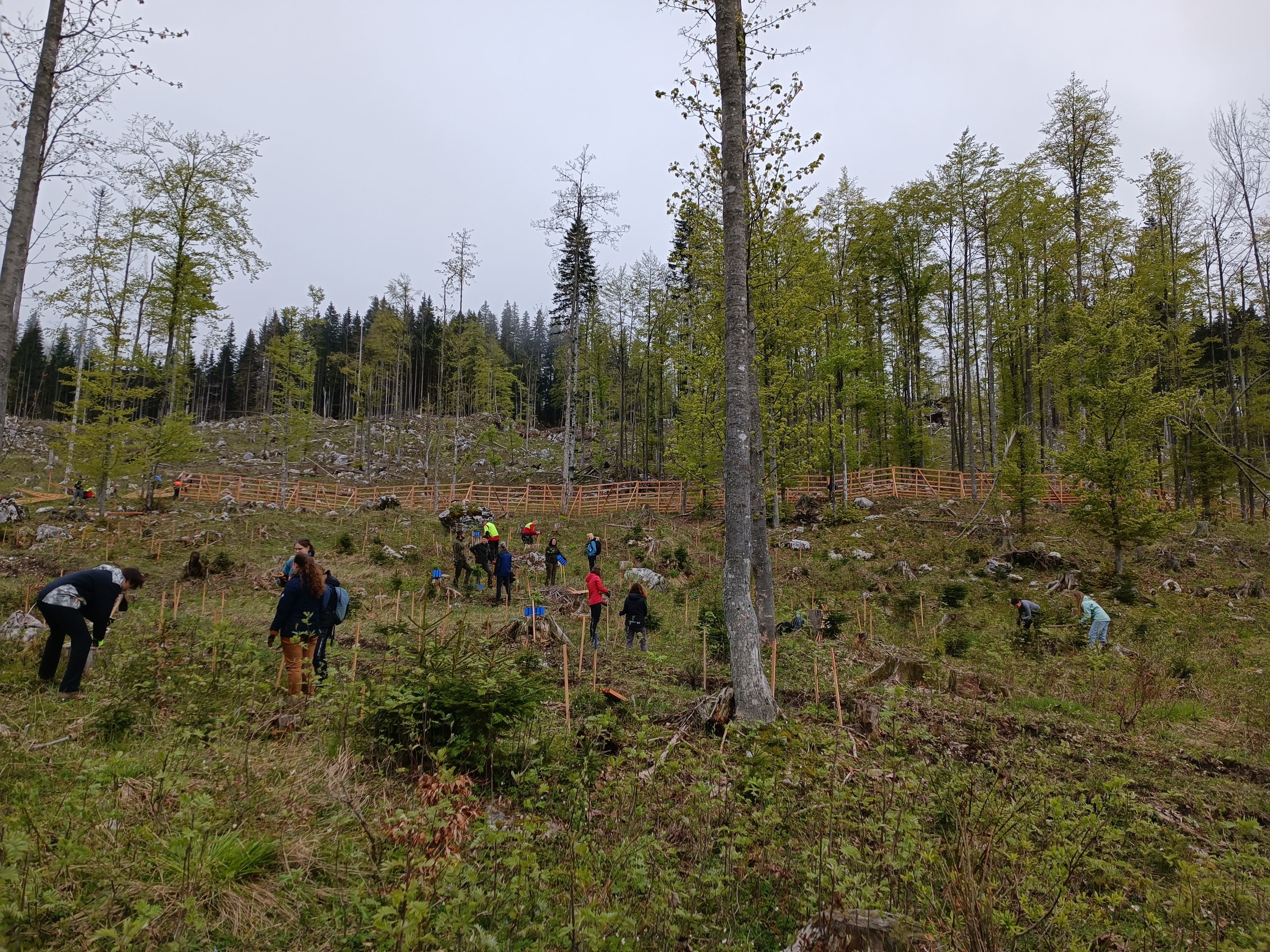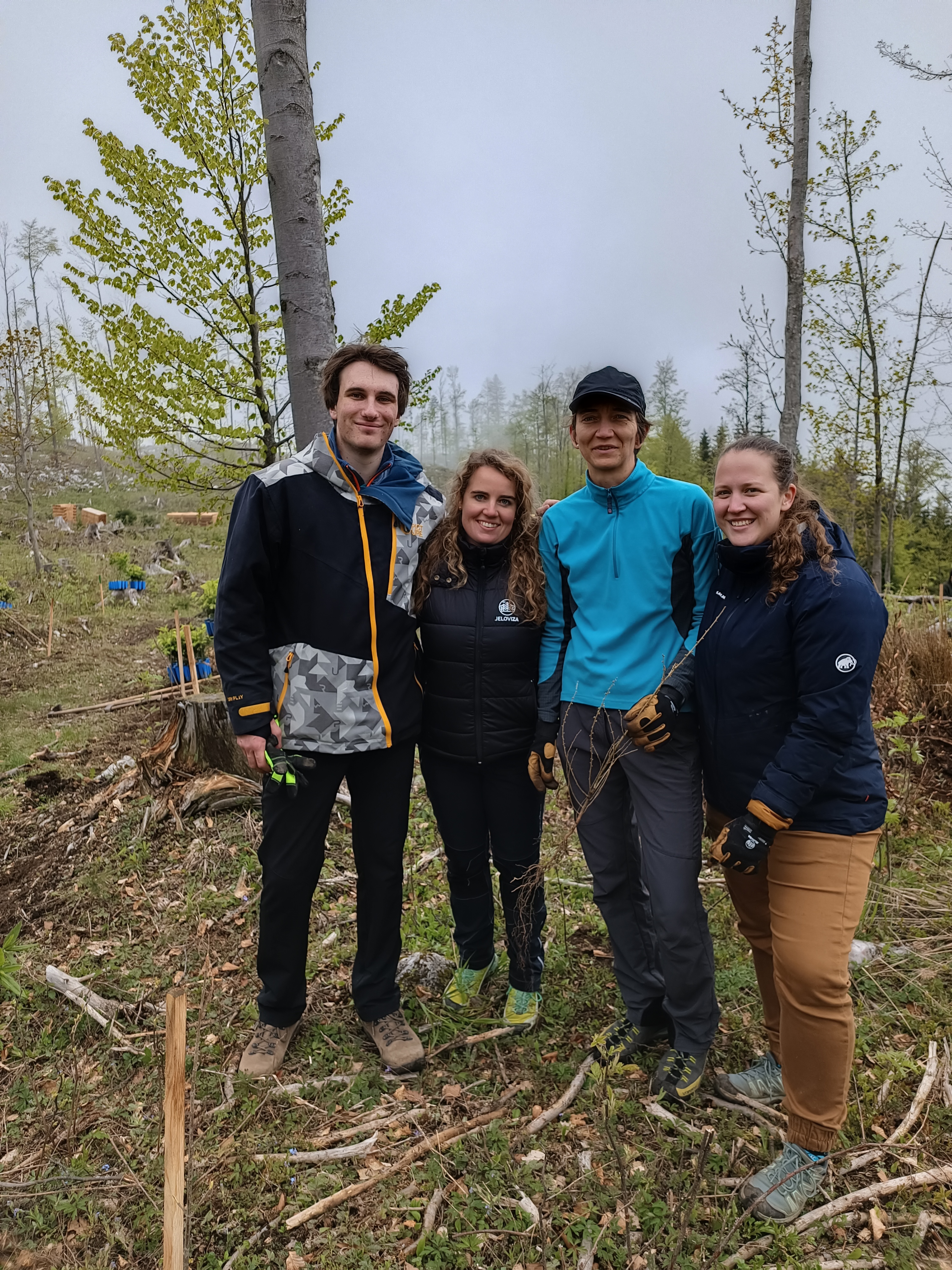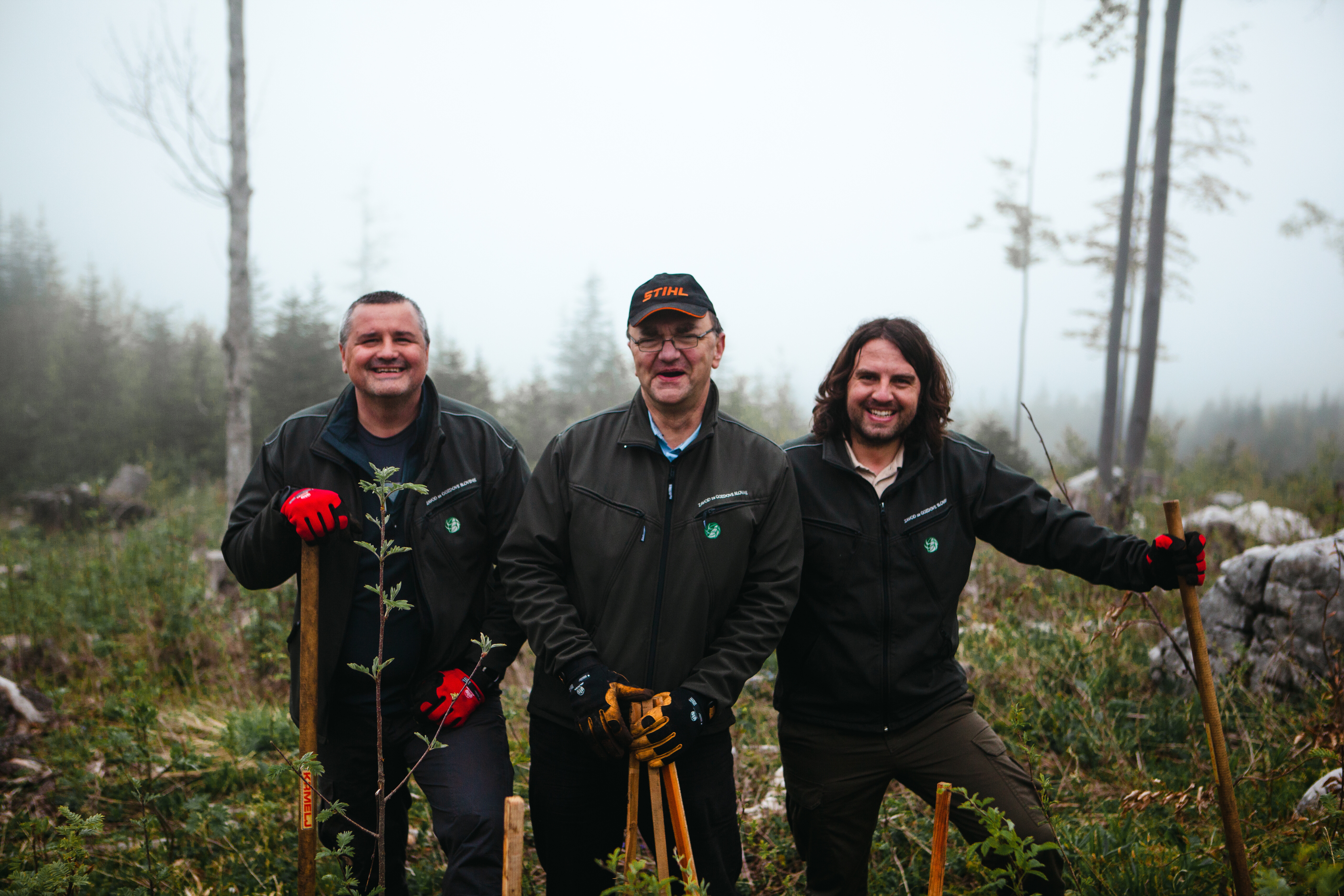23 June 2023 – About halfway through KOR-NET project implementation, the team is completing the design of one of the main assets for the youth of the Koroška region. The online platform for the Koroška region youth called the Koroška region Virtual Youth Incubator has been presented to the public. The platform is a source of information for young people. It also serves as a virtual meeting point for all those concerned about the situation of young people in the Koroška region and those who want to make the path to adulthood for young people easier by combining their practical experience and professional skills. The main goal of the incubator and the project is to create conditions for young people for life and work that will motivate them to continue living in their home region and to become active in their rural or urban community.
The long and complicated path from idea to implementation
It all started with brainstorming sessions on how to turn the idea of an online meeting point for young people, youth organisations, and other actors in the youth-supportive environment in the Koroška region into a content-rich and diverse website, which is now known as the Virtual Youth Incubator of the Koroška region and can be accessed at www.kor-net.si.
Doris Brajnik, KMKC Complex: “It was only through intensive work on the project and 10-hour brainstorming sessions on Zoom that we realised how complex the project (within a project!) really is. The content was piling up, but through careful editing and talks with young people in the frame of various project activities, we managed to organise and reduce the content. We hope that the young users will find the platform, which we will be updated and improved, useful.”
Incubating the Incubator
The creation of the incubator started with a thorough analysis, first by everyone involved in the project and then in a smaller working group, of the content that would be (potentially) useful for young people in the Koroška region aged 15 and 29. The aim was to provide in the most attractive form possible (please read below) information that would support young people in their transition through the different stages of adolescence.
The main ‘permanent’ content on the site is, therefore, a kind of online handbook for growing up where young people can find answers to a variety of questions on practical matters of life, such as bureaucracy, personal finance, housing, etc., and issues specific to the school and student life and the transition to work.
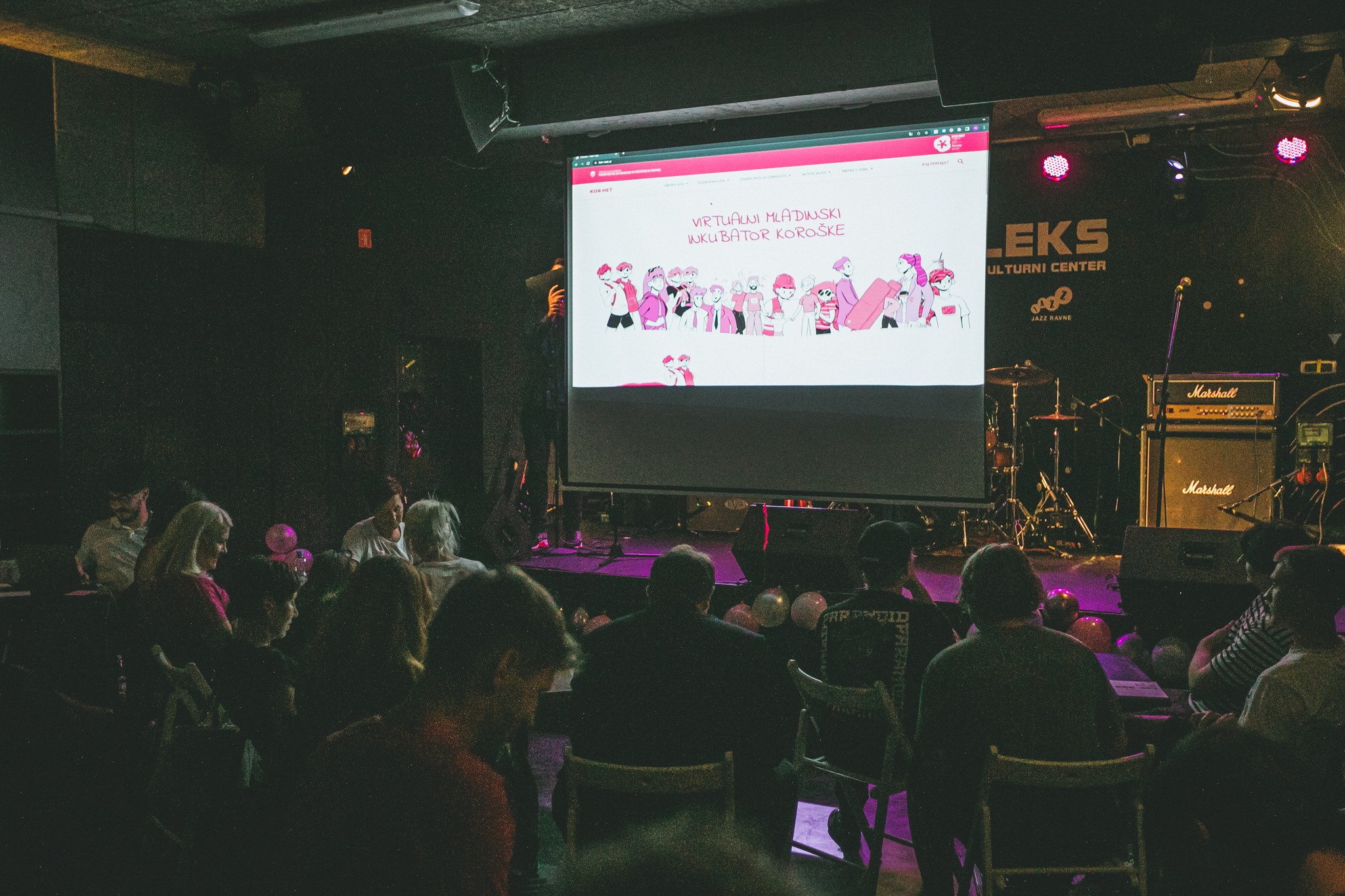
Content: from childhood through adolescence to adulthood and social activity
The page structure, divided into six chapters, follows this logic. The chapters are interlinked and structured to best support young people from School Years (Chapter 1) through Student Years (Chapter 2) to independence (Chapter 3 Starter pack for adulthood). Information for encouraging activation and greater (political) participation (Chapter 4 Active young people) has been added to encourage young people to engage in civic and social life, cope with school commitments, and gradually take responsibility for their lives.
A specific chapter that we would like to build on in the future is the chapter Friends in Distress. It covers the content and the most important contacts of a support environment for young people in the field of mental health and other forms of distress caused by living in a modern society. The What’s Up? section has also been added to help young people integrate into their home environment and expand their social network. The section provides information on current events, open calls, (non-formal) training, international youth exchanges, etc.
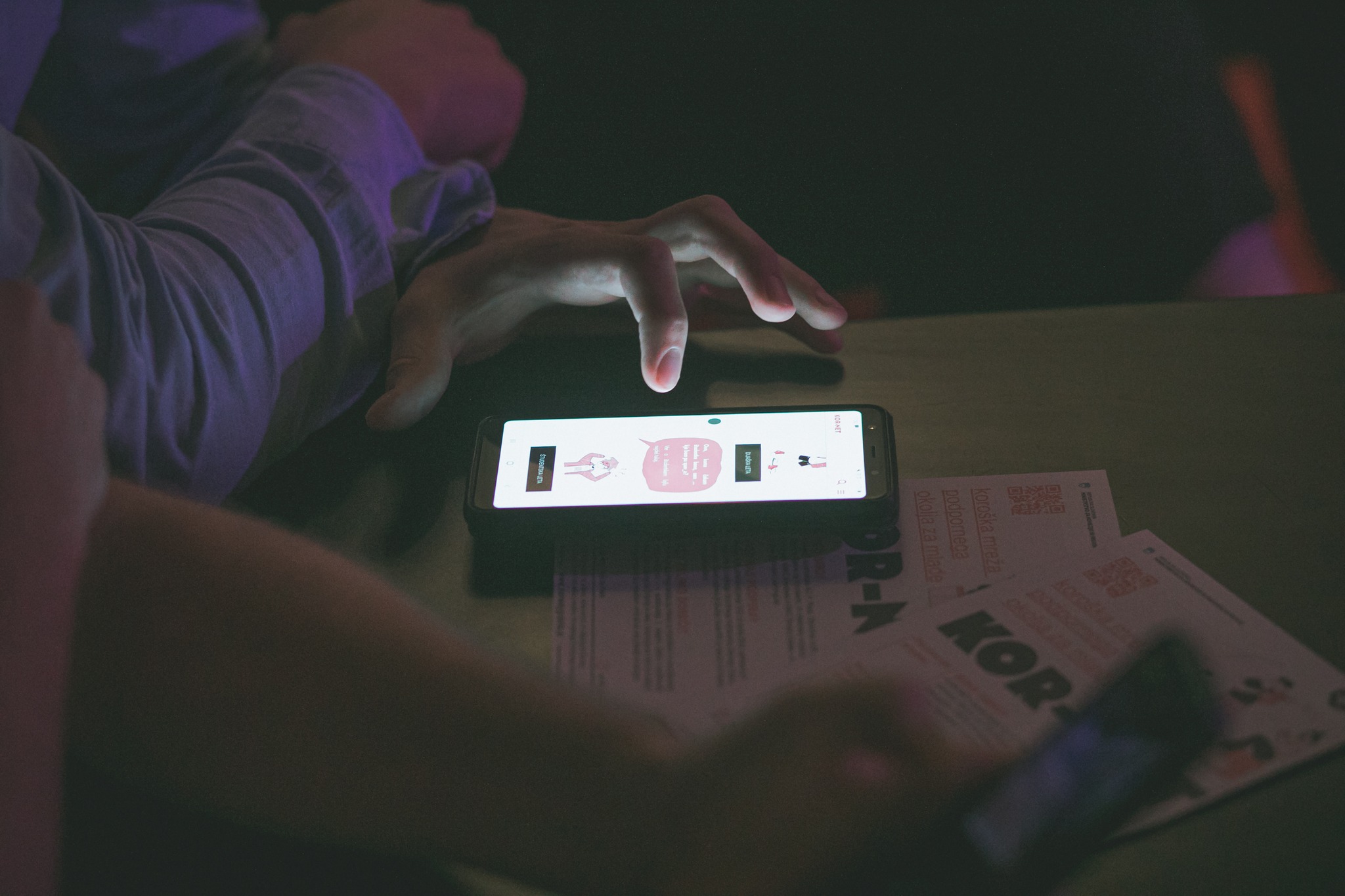
Agency Statera: implementation of the website and graphic design to support the content
At least two other important questions were raised in establishing the incubator: 1) how to get young people’s attention in a digital age full of messages, especially online, and 2) how to present information in a way that is graphically appealing enough to young people to return to the site regularly and willingly? The answers to these questions were designed with the agency Statera, which developed the website.
In order to emphasise that growing up takes place in phases, they made up individuals who ‘grow up’ with the user and guide them through the main events in the educational process and integration into the adult world. The growing up in phases is also reflected in the colour scheme, which slowly evolves from vibrant pink (high school) to lighter, more subdued tones. The colour portal ends with a soothing lavender, reserved for the chapter Friends in Distress.
KOR-NET is halfway there!
The Carinthian Network of Supportive Environment for Youth KOR-NET is a partnership project supported by the Norwegian Financial Mechanism, which aims to ensure that young people in the Koroška region have the right conditions for life and work to stay in their home region after finishing school and feel heard here.
With the launch of the Koroška region Virtual Youth Incubator project in July 2022, ending in April 2024, we have entered the second implementation stage. The team members marked this milestone with a fun event to launch the incubator at the KMKC Complex, moderated by Gašper Bergant and young musicians of the band Overheat.
In addition to Viktorija Barbič, Director of A.L.P. Peca and the lead idea developer of the KOR-NET project, Karmen Sonjak, Director of Regional Development Agency Koroška, and Andreja Katič, State Secretary at the Ministry of Cohesion and Regional Development, also addressed the participants.
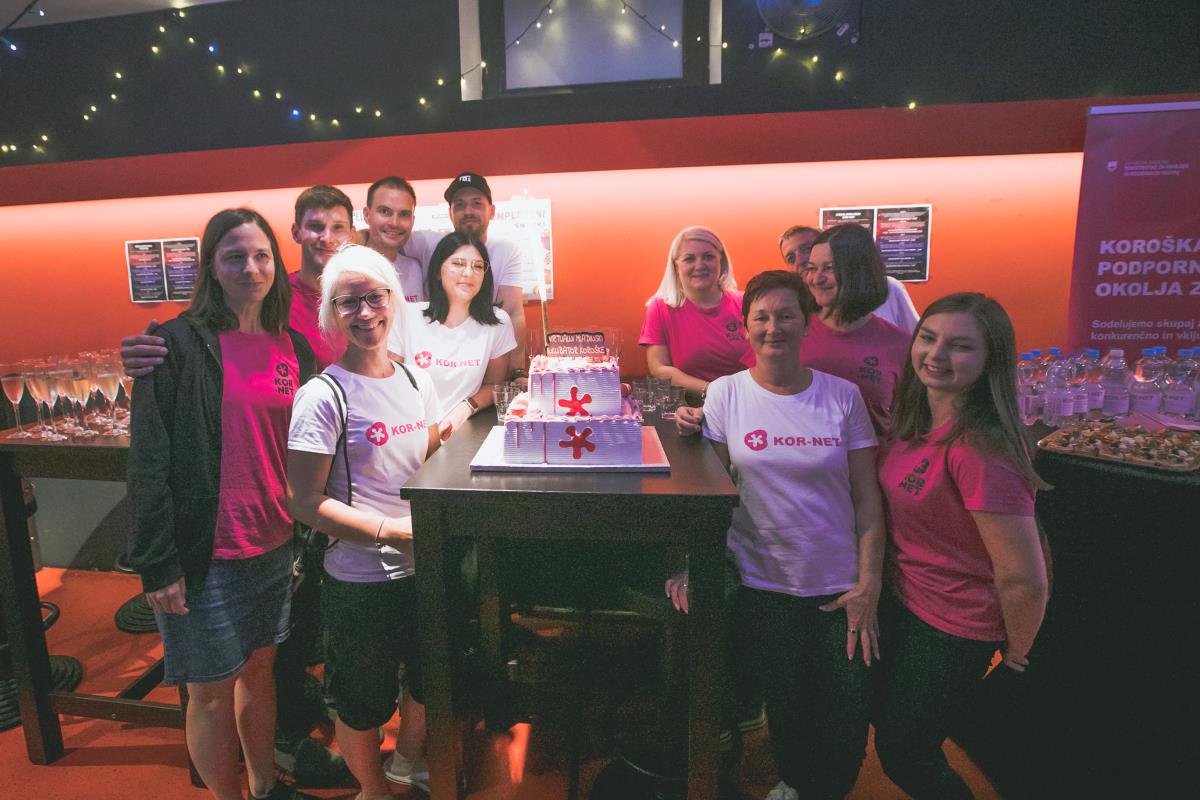
Press release: the KOR-NET project – Virtual Youth Incubator of Koroška (in Slovenian)
